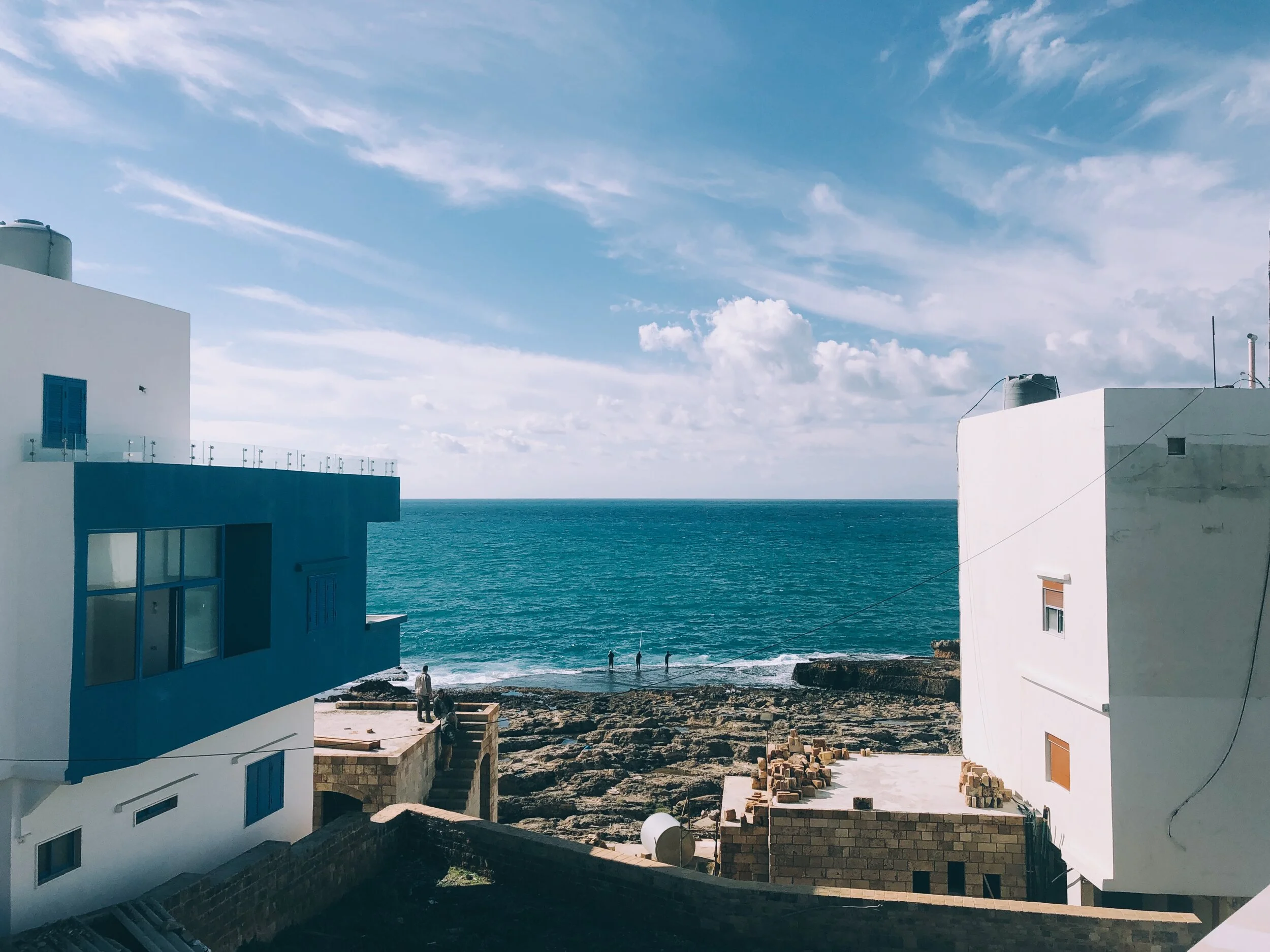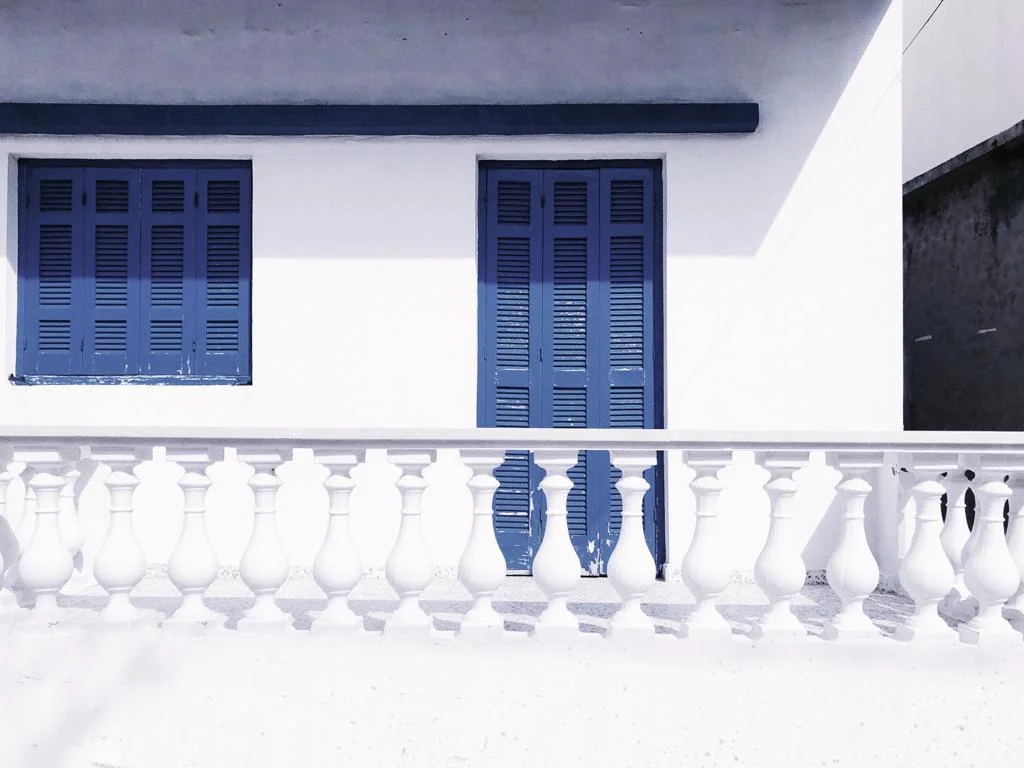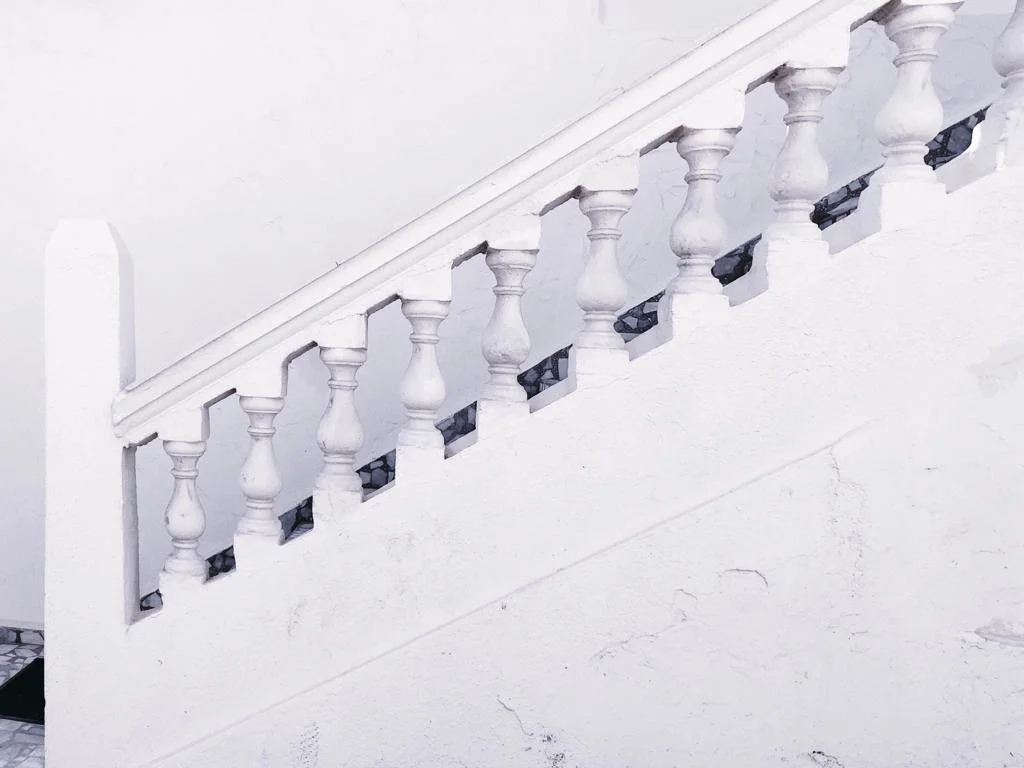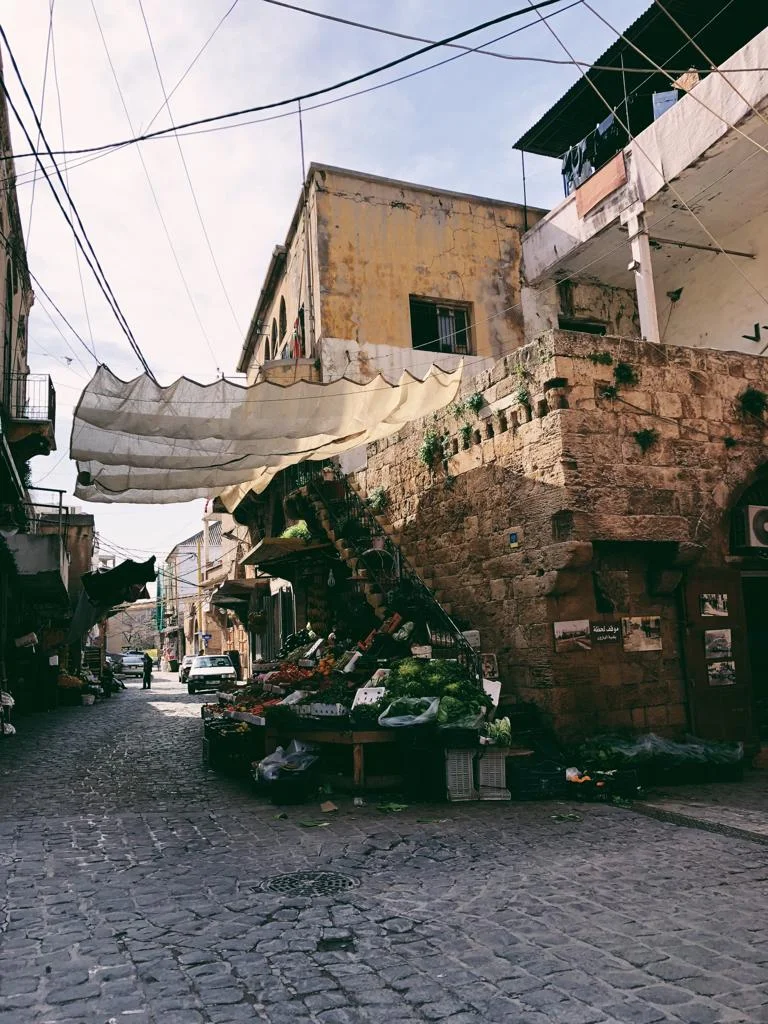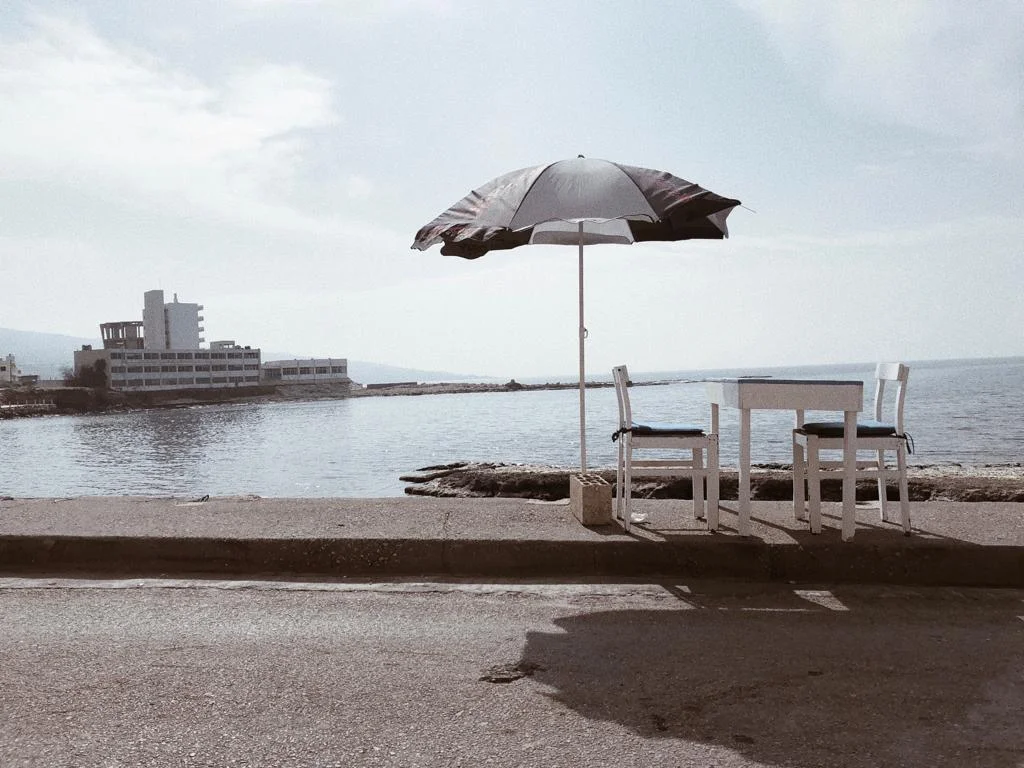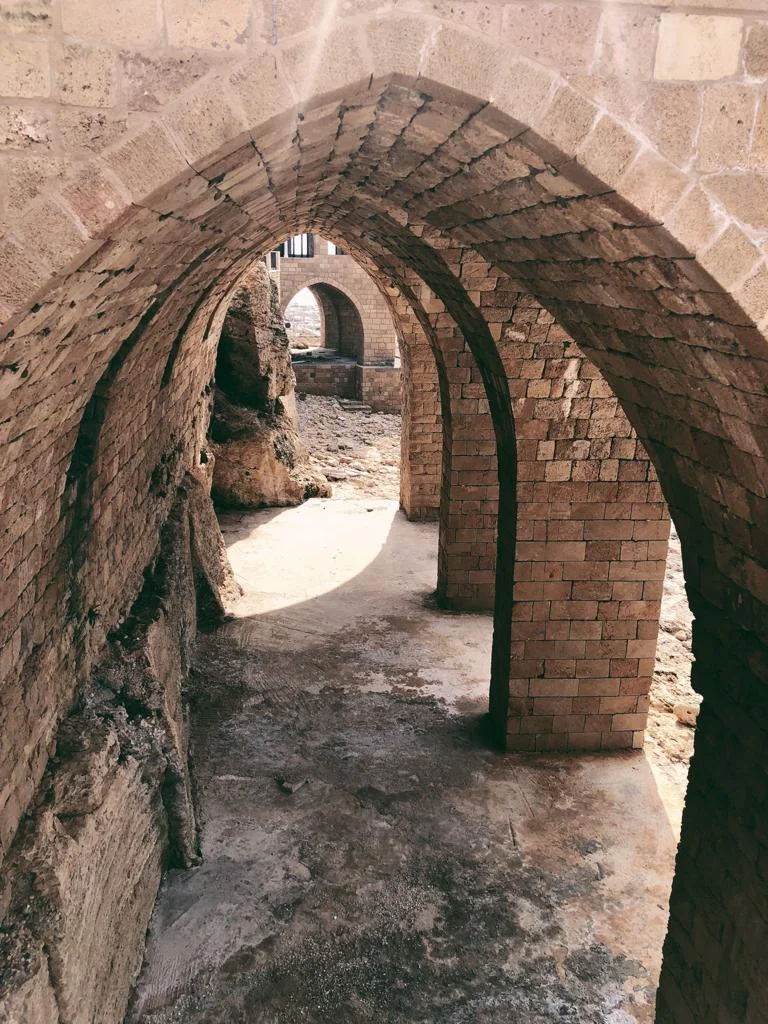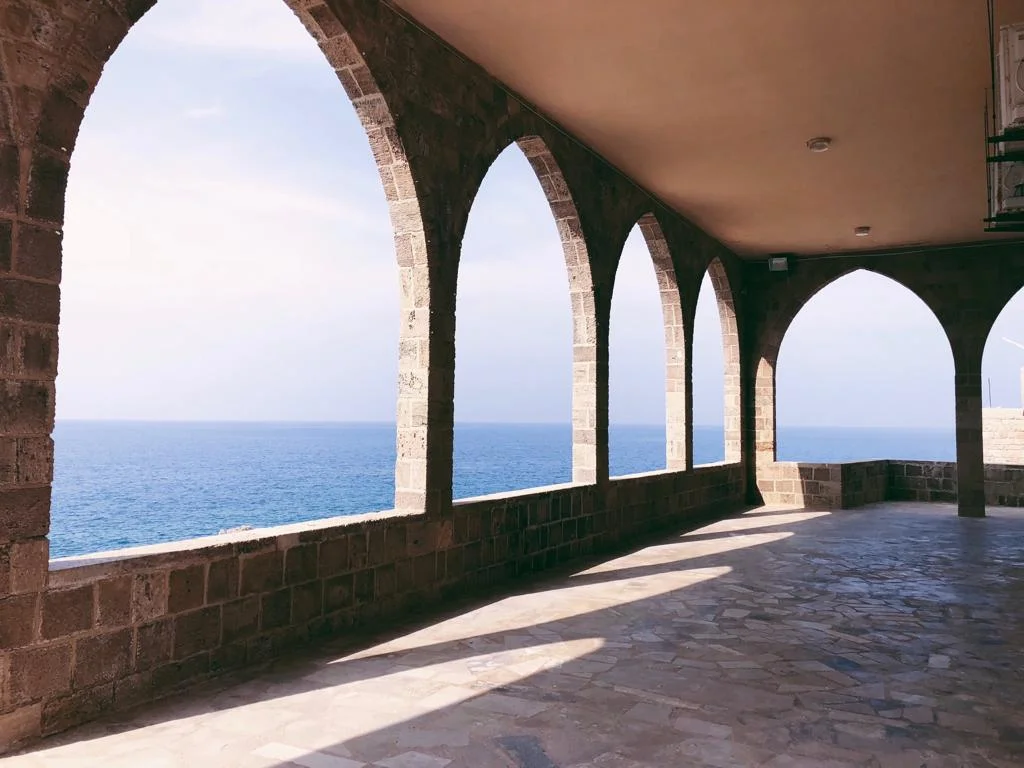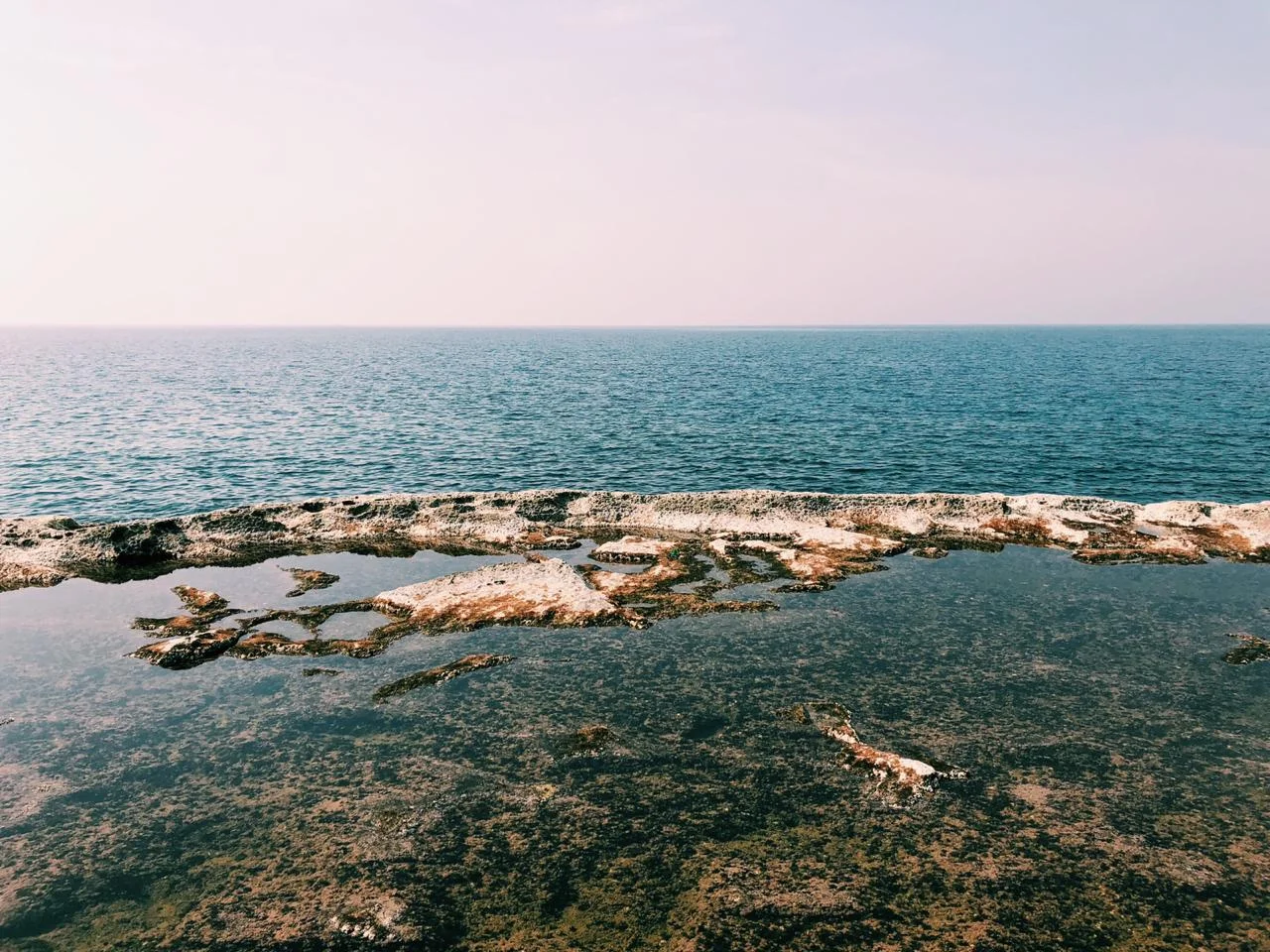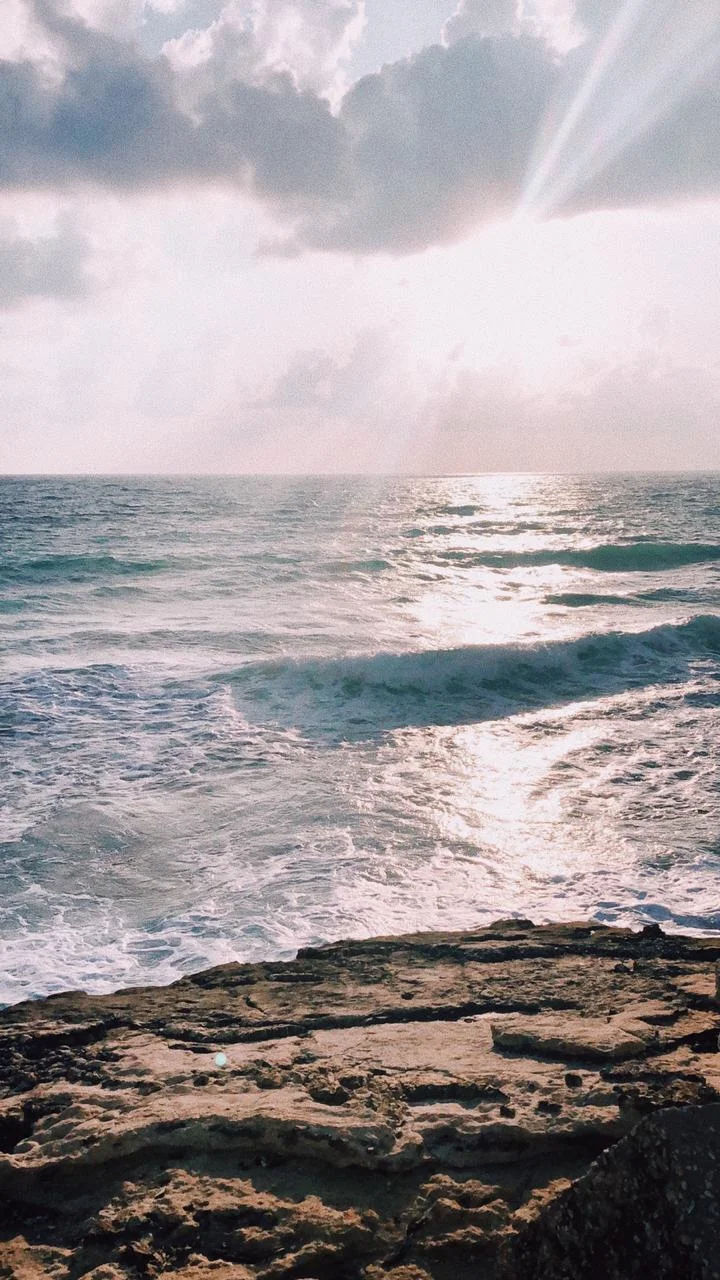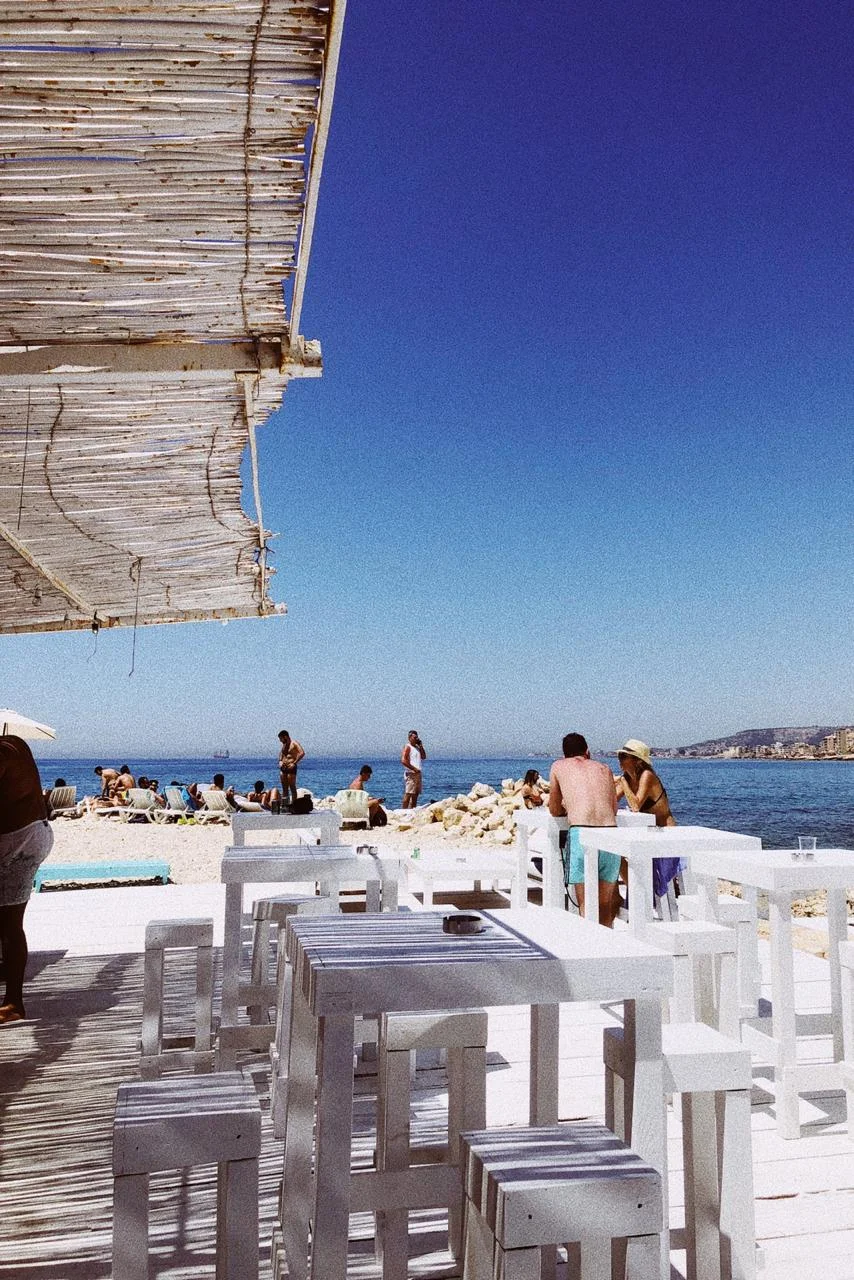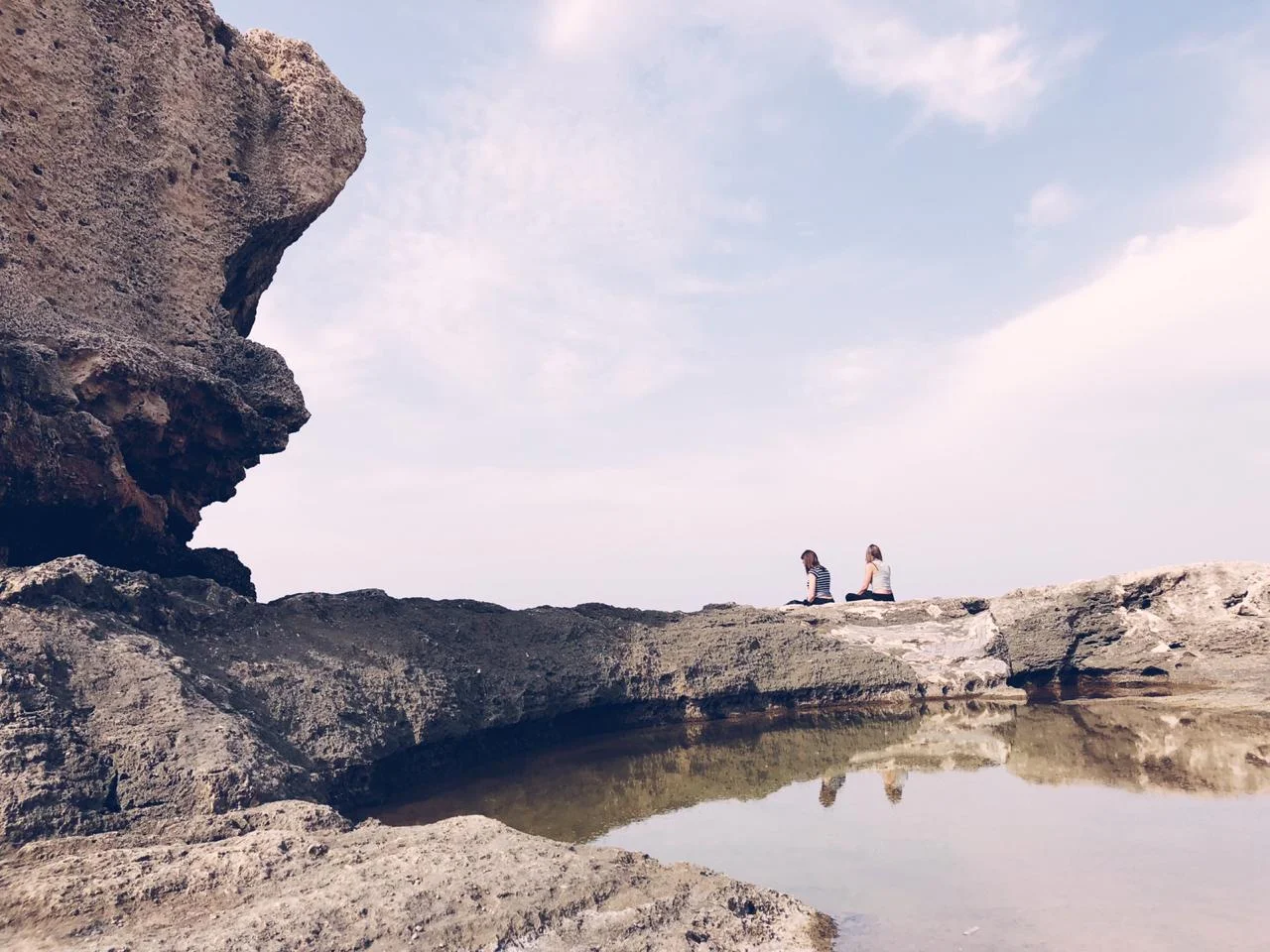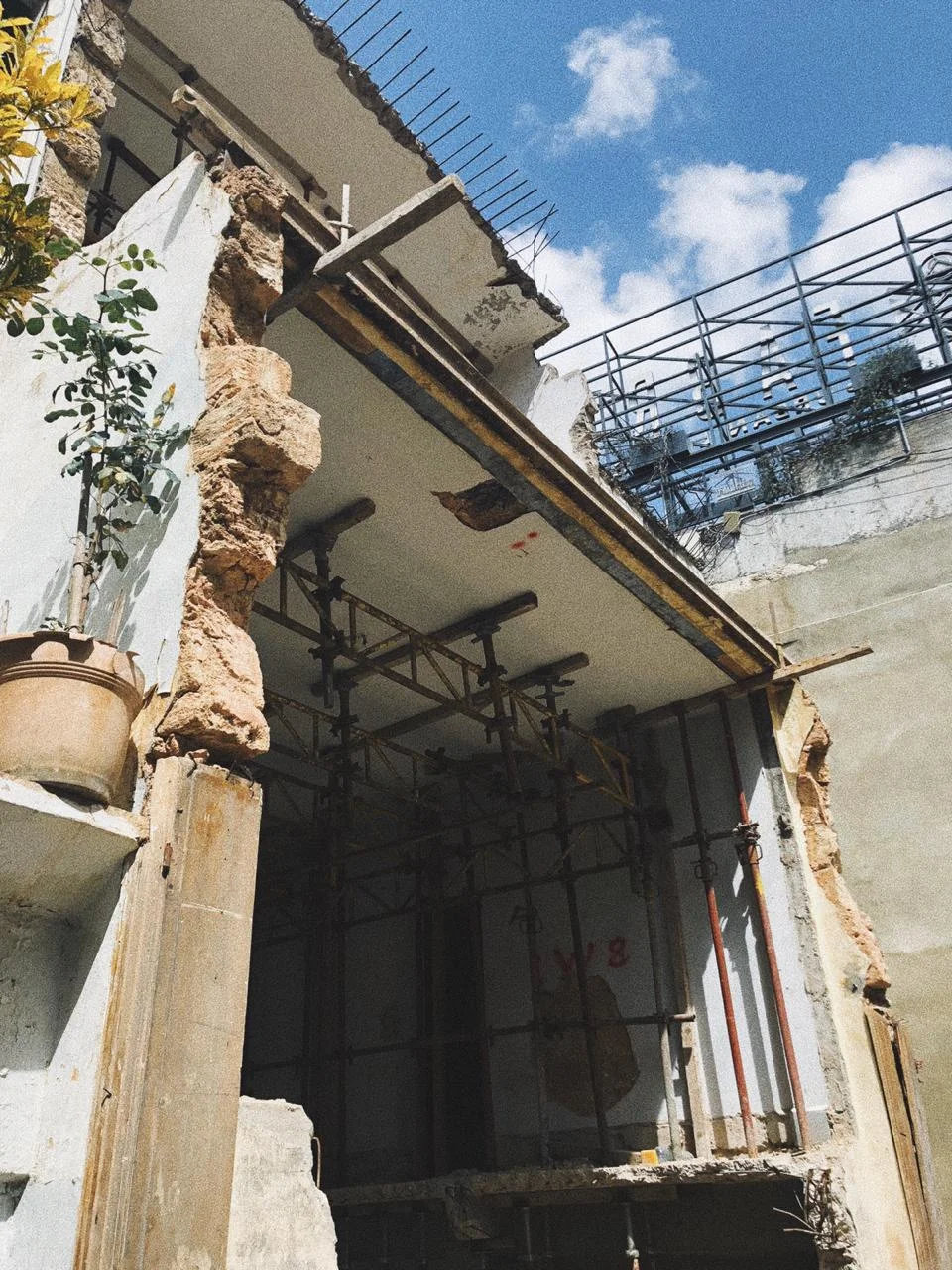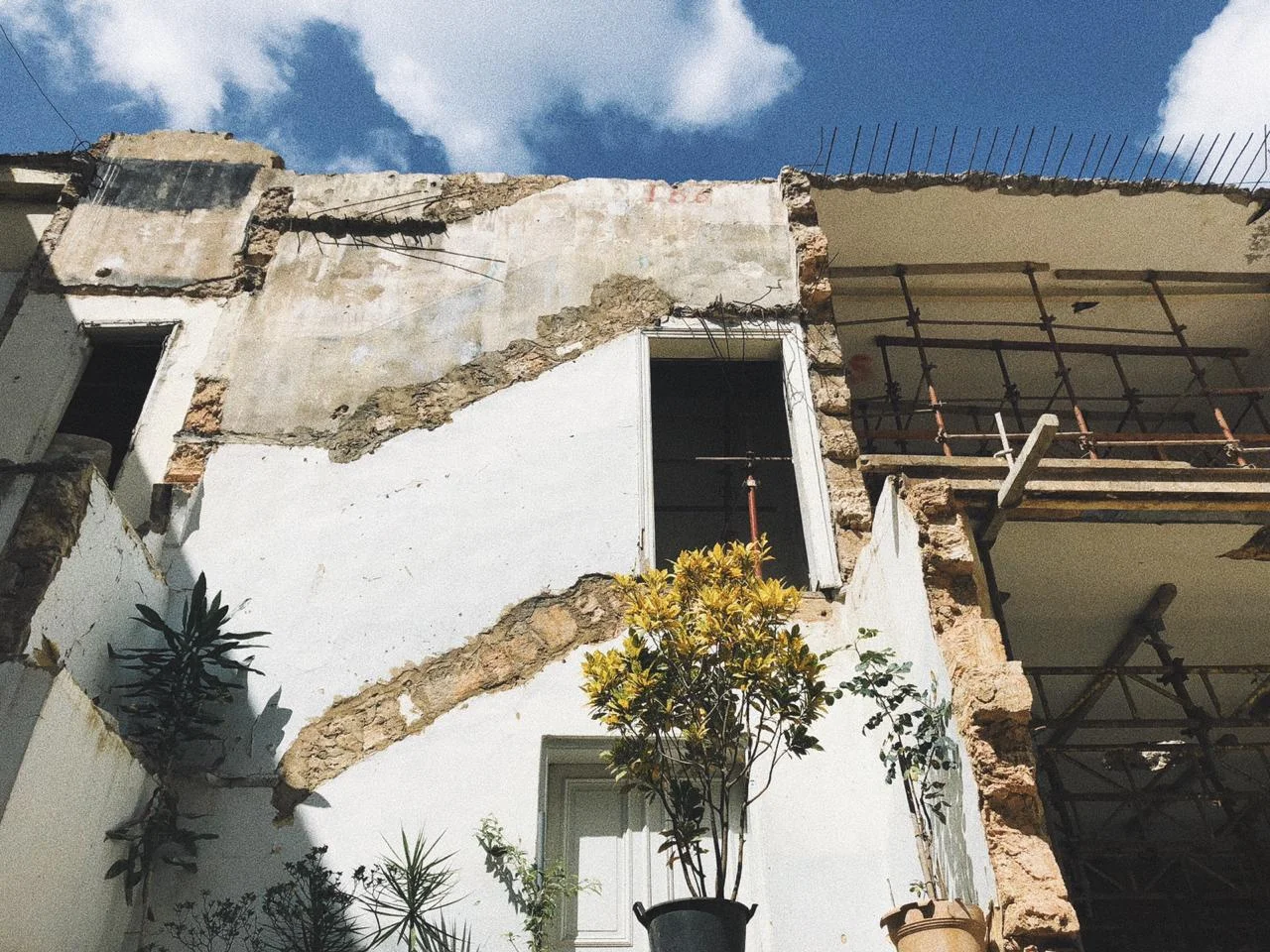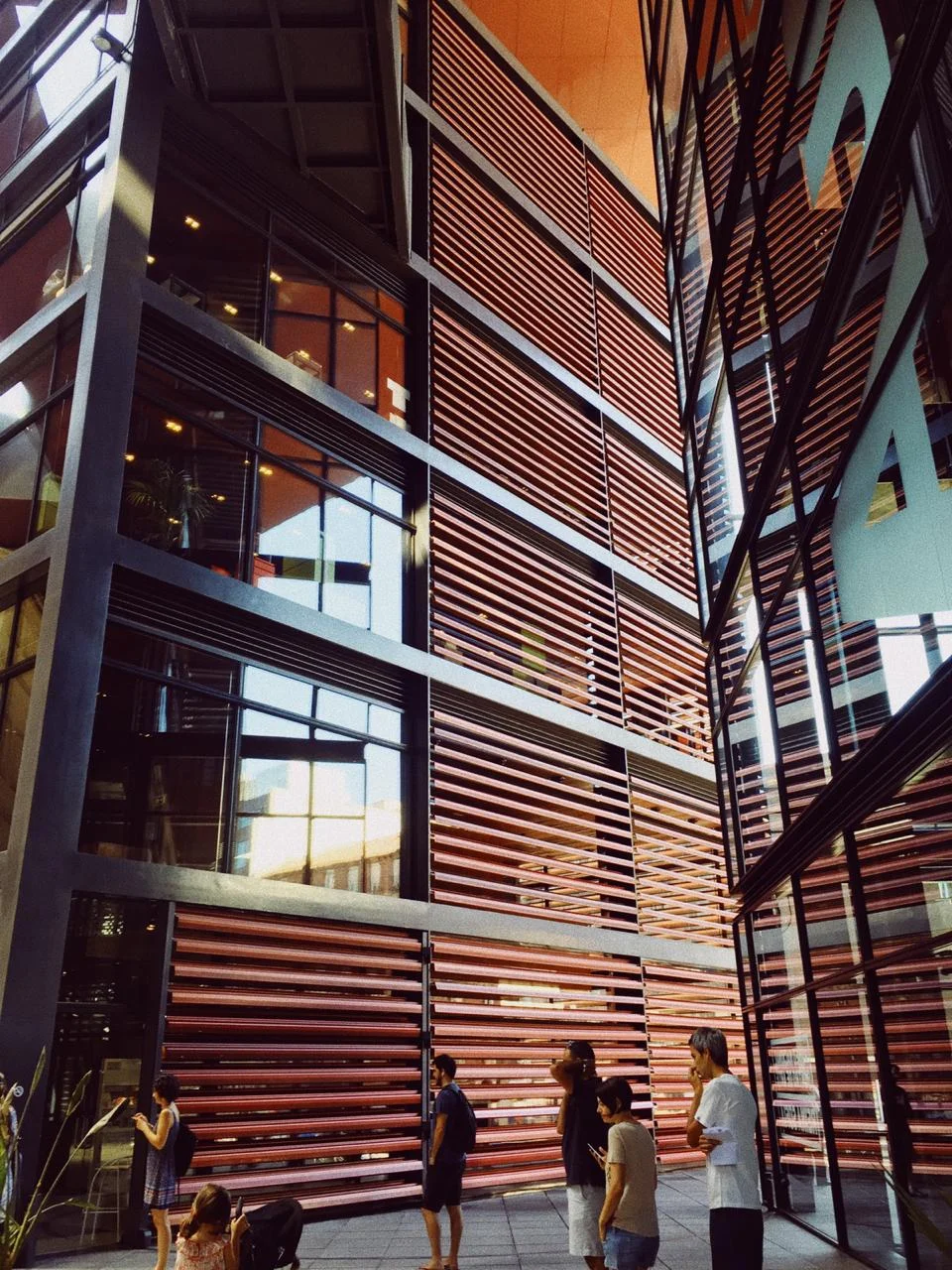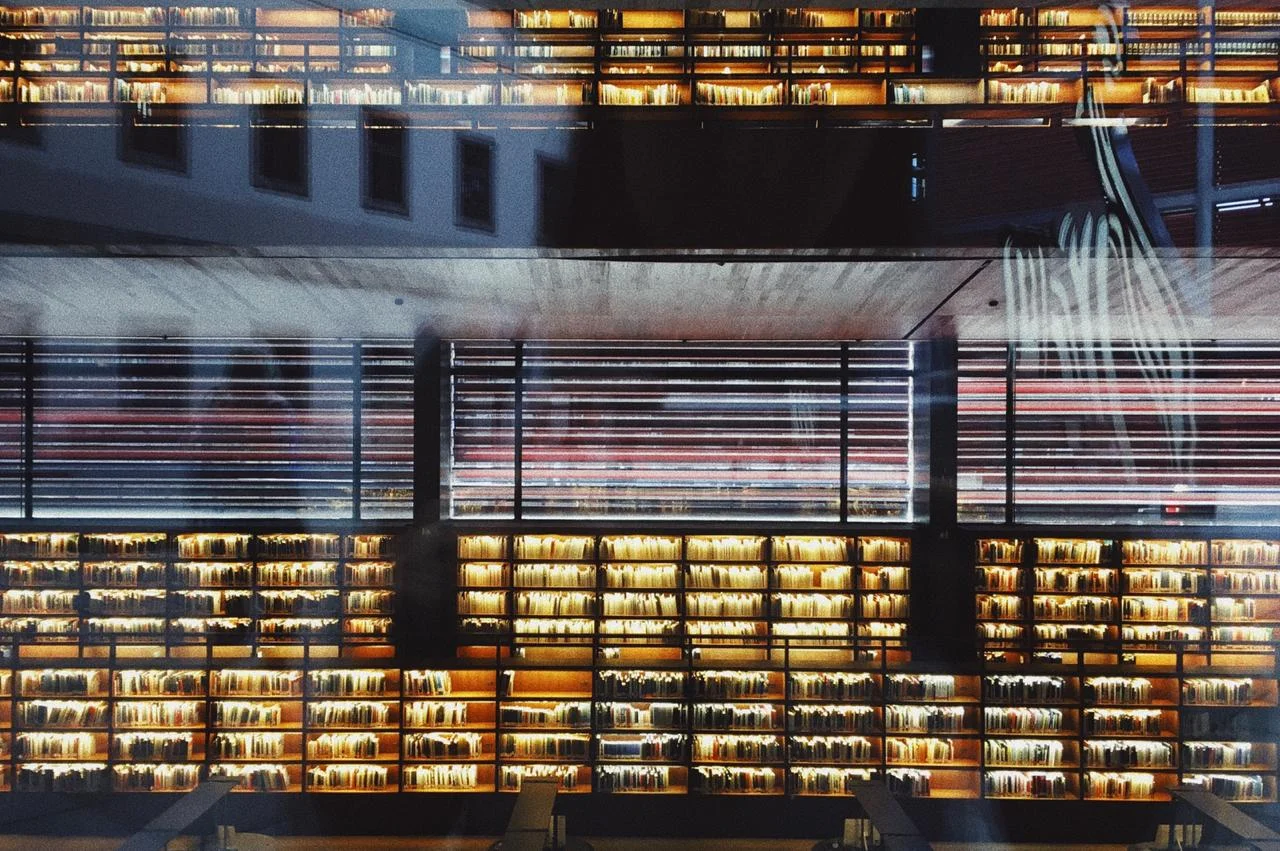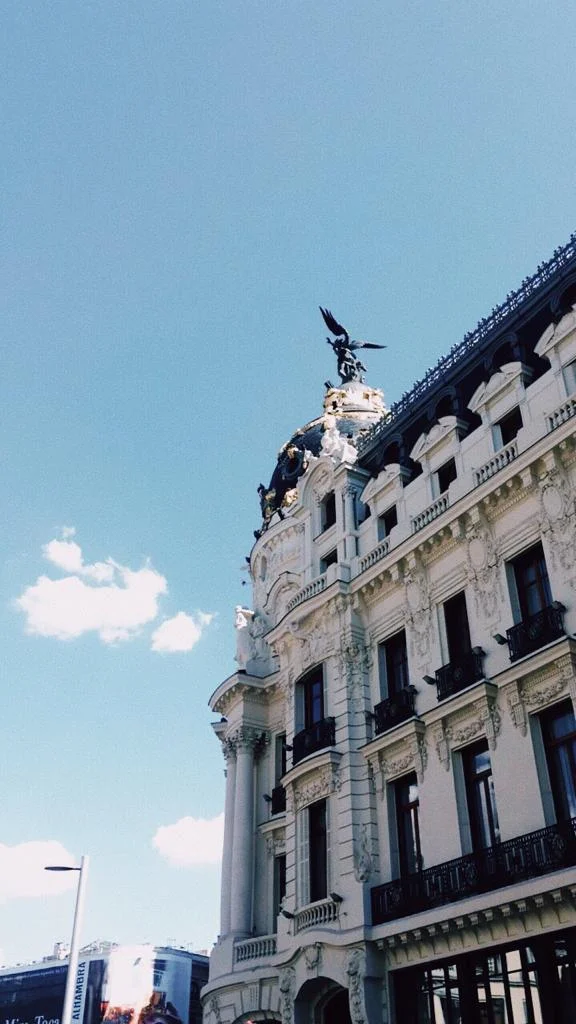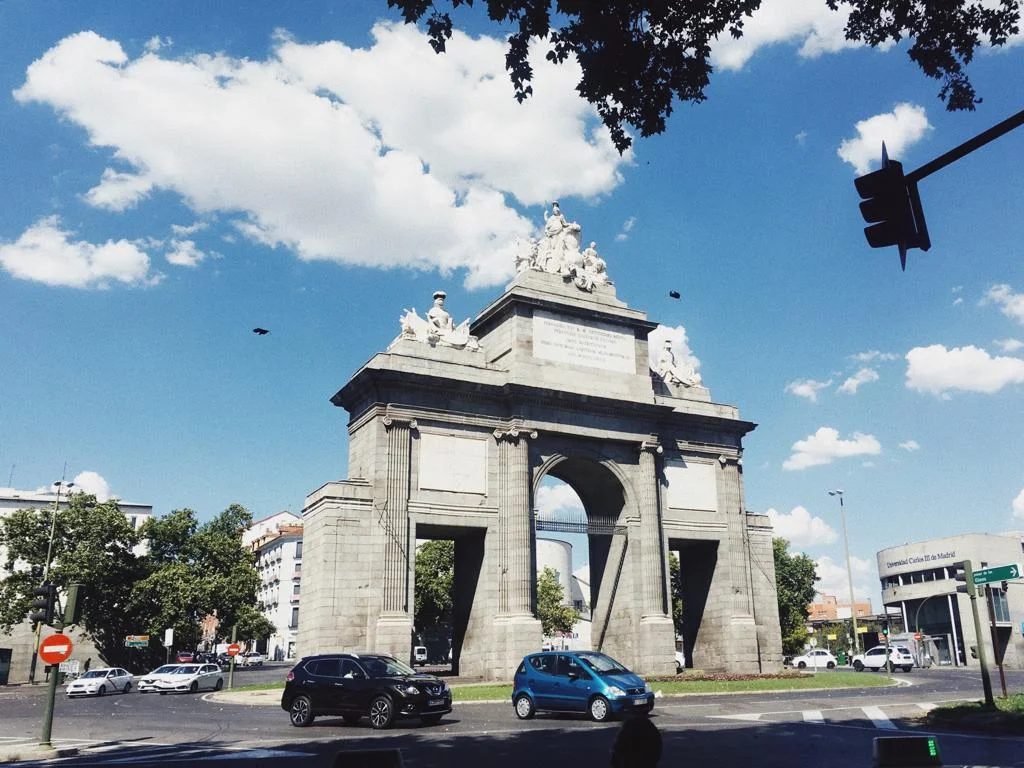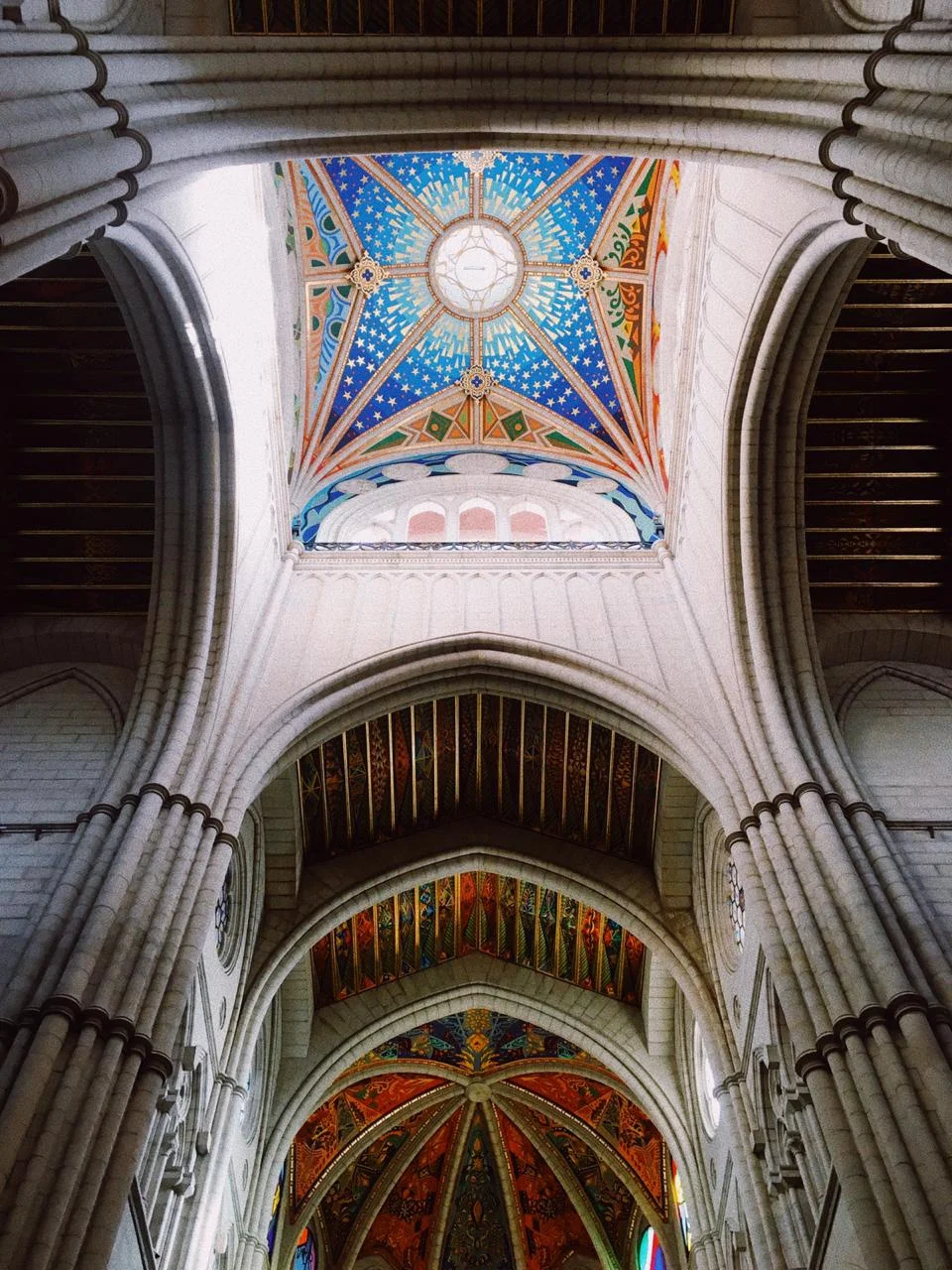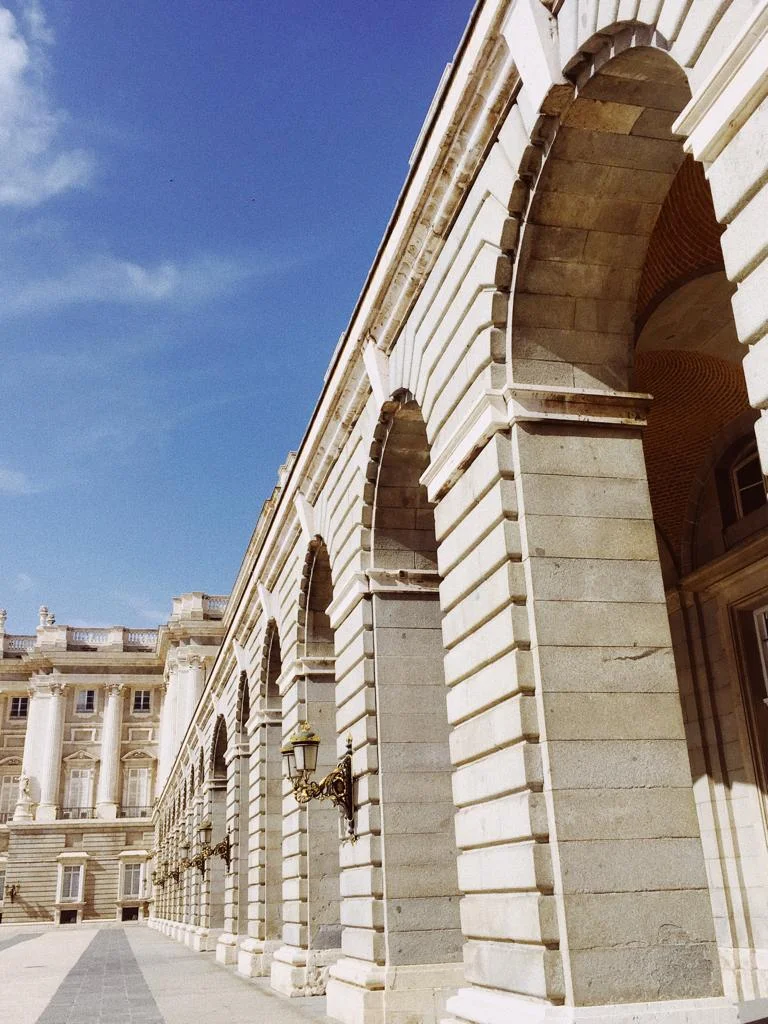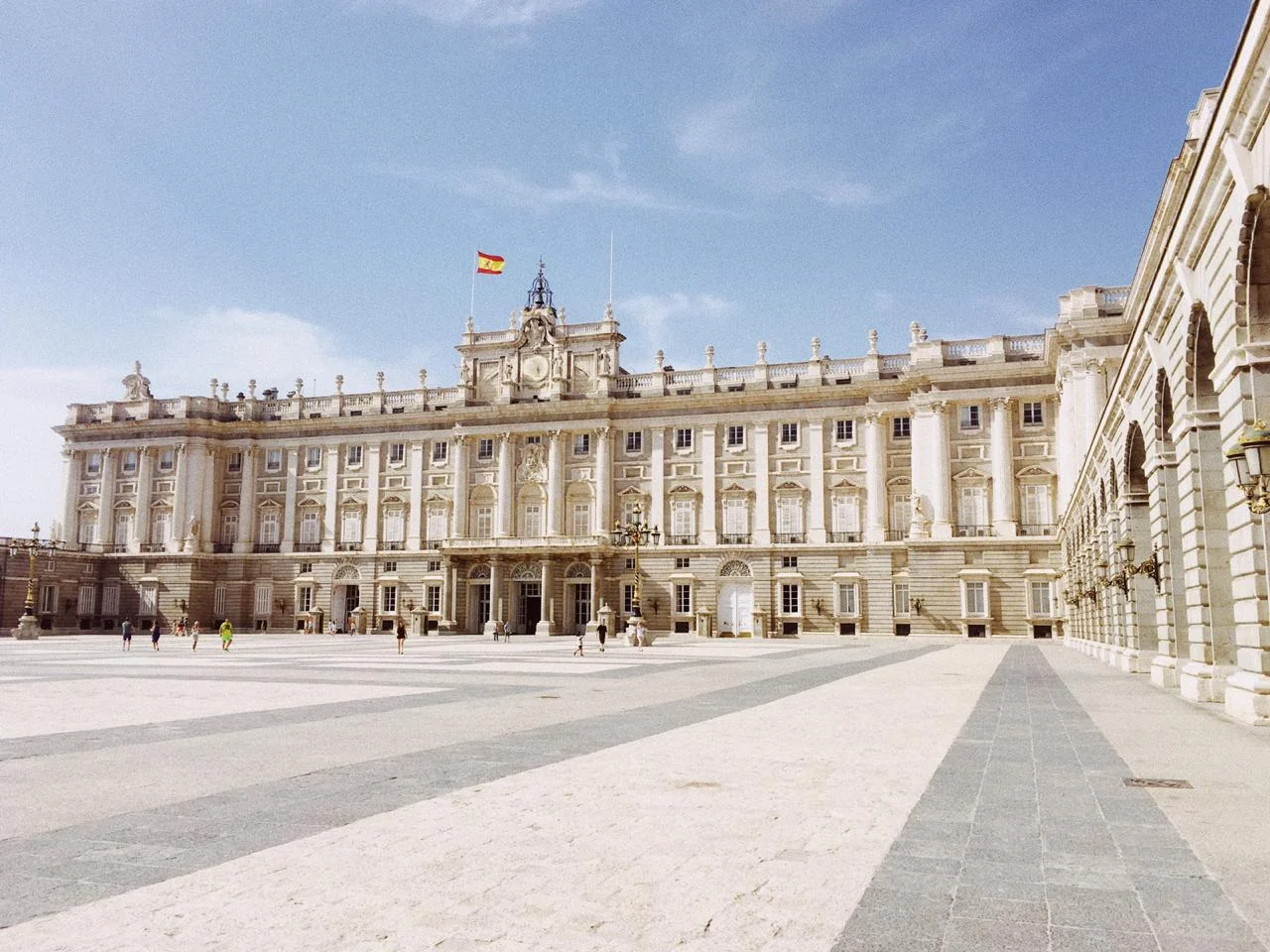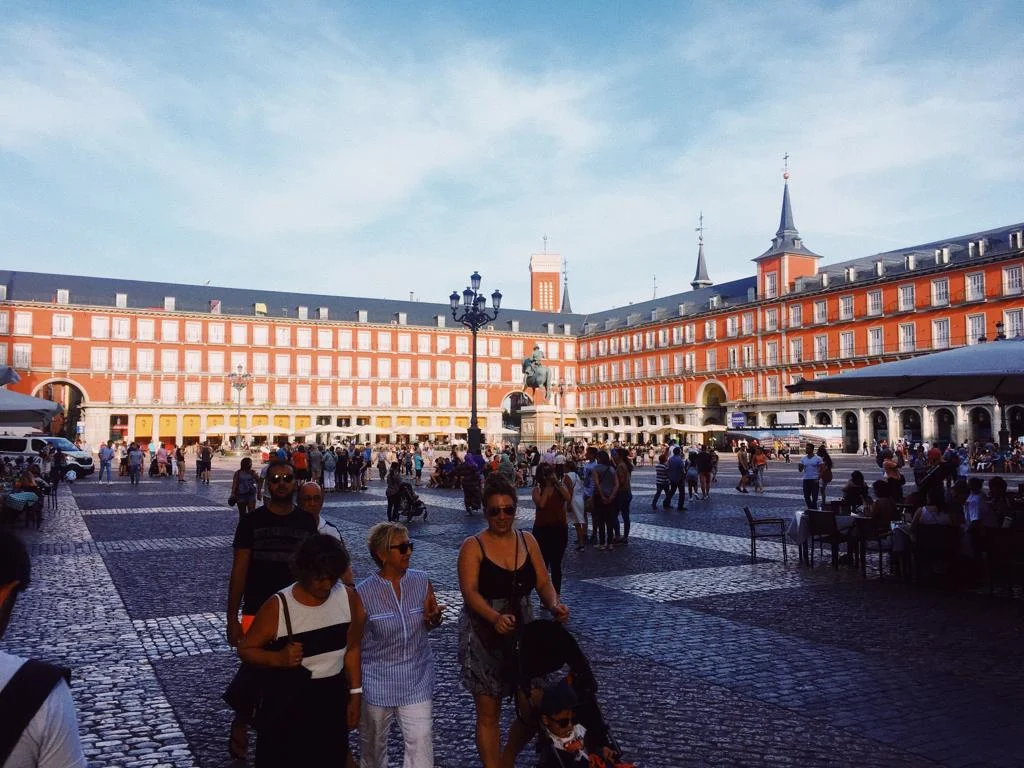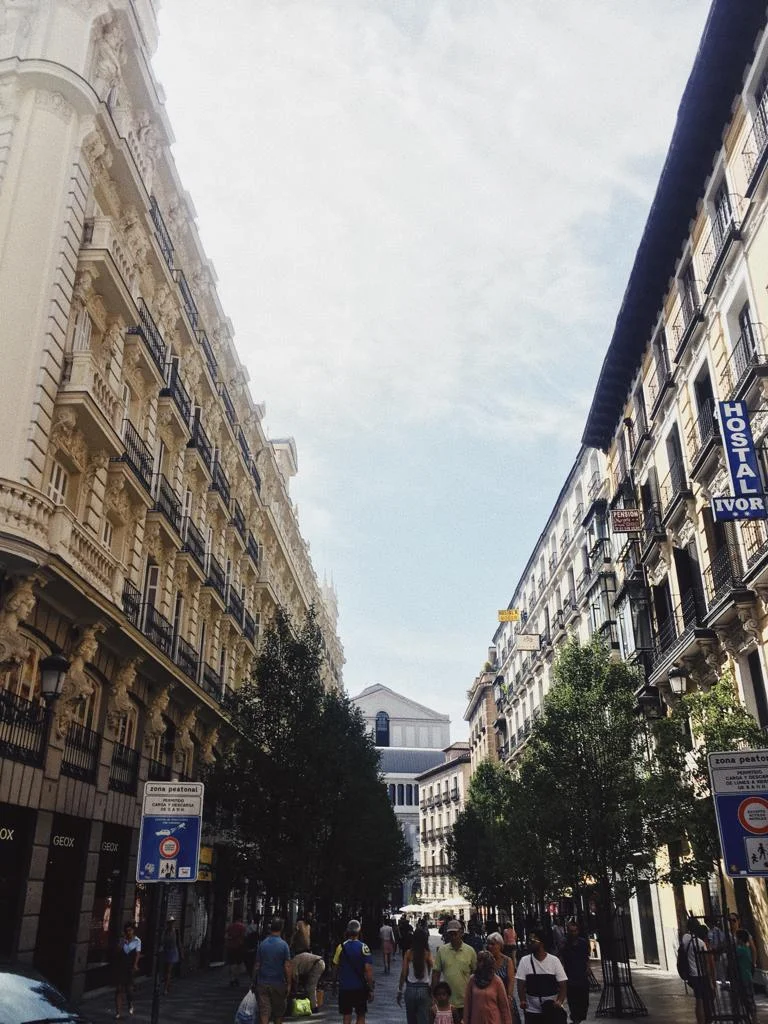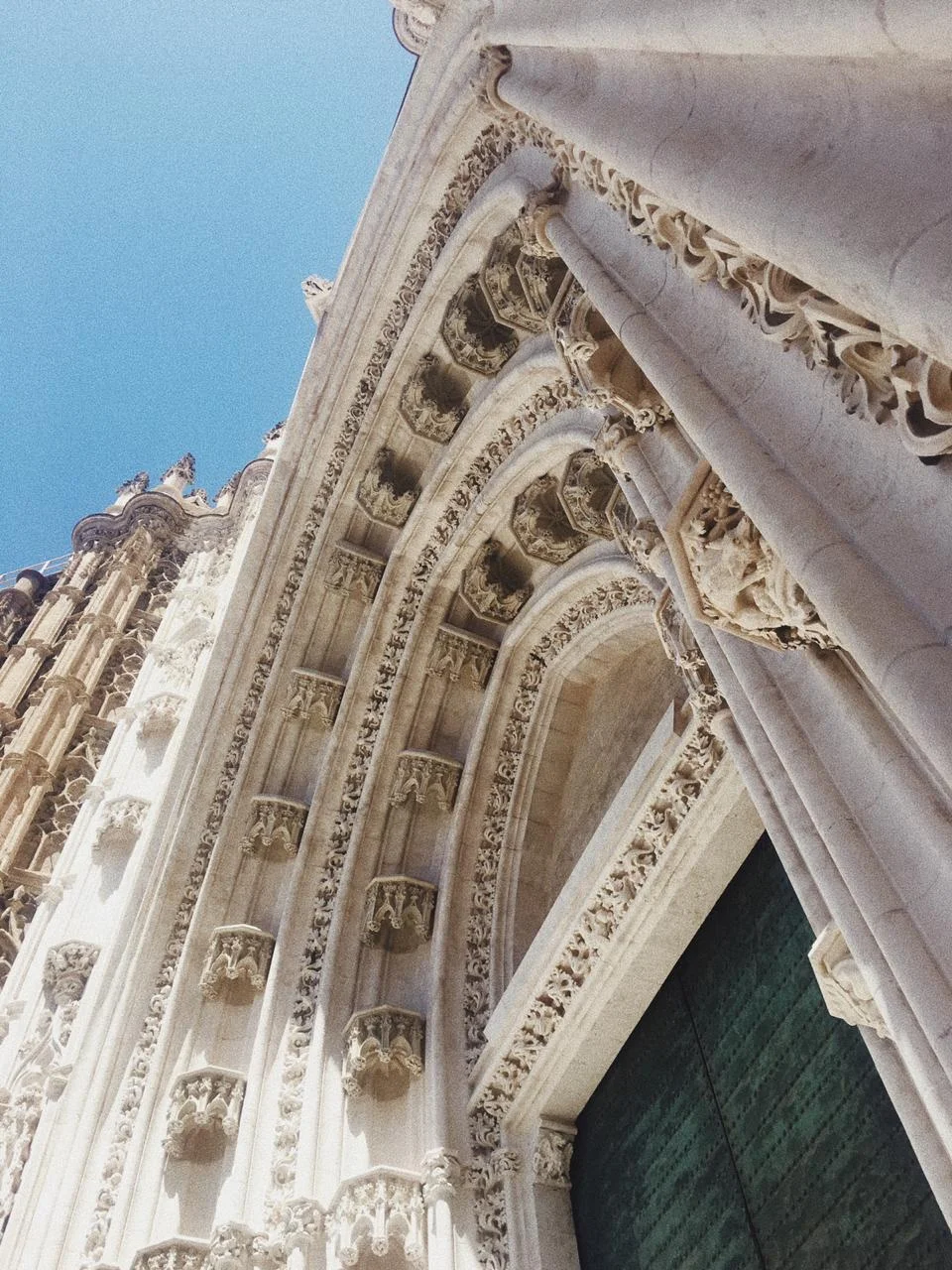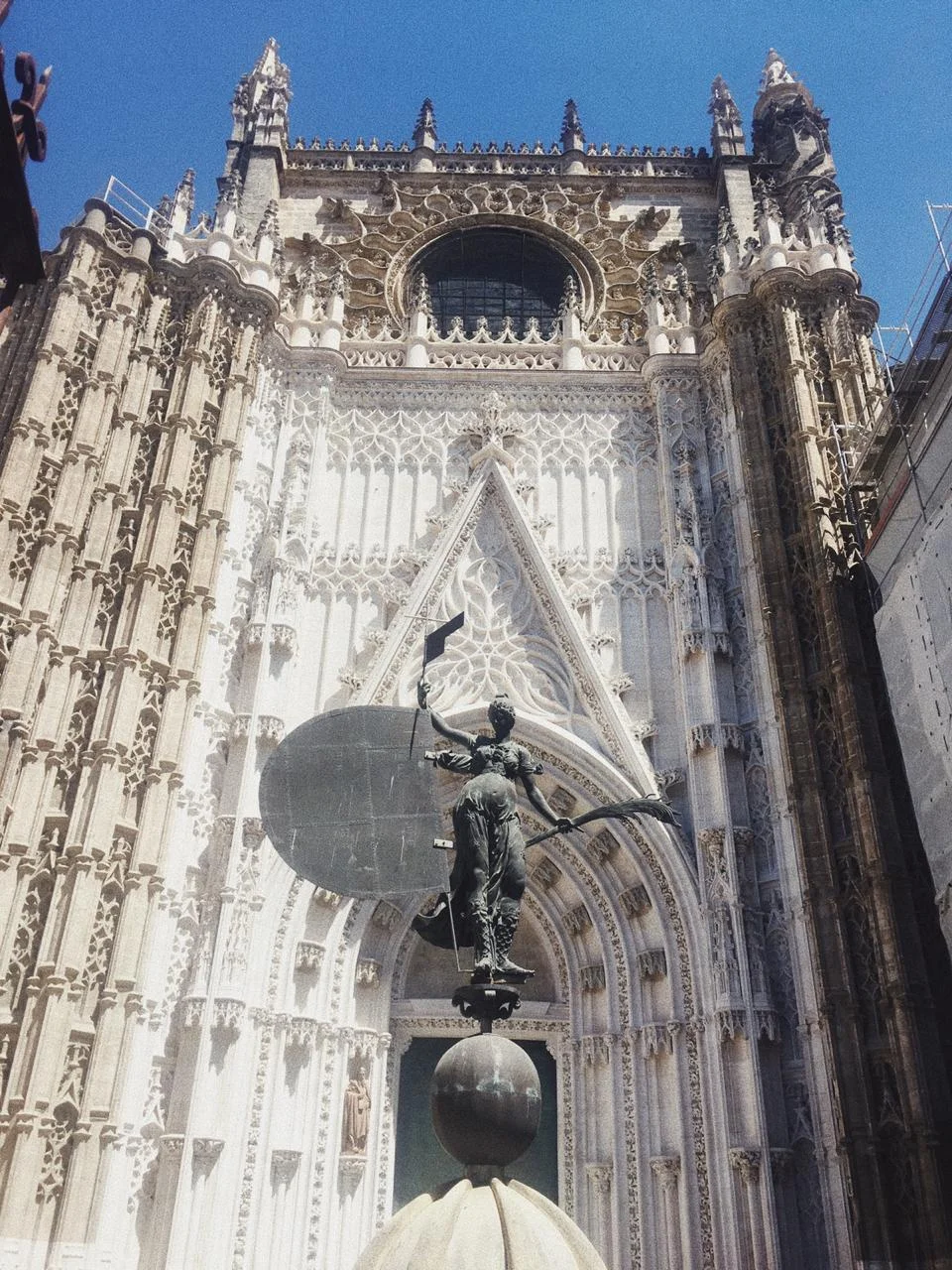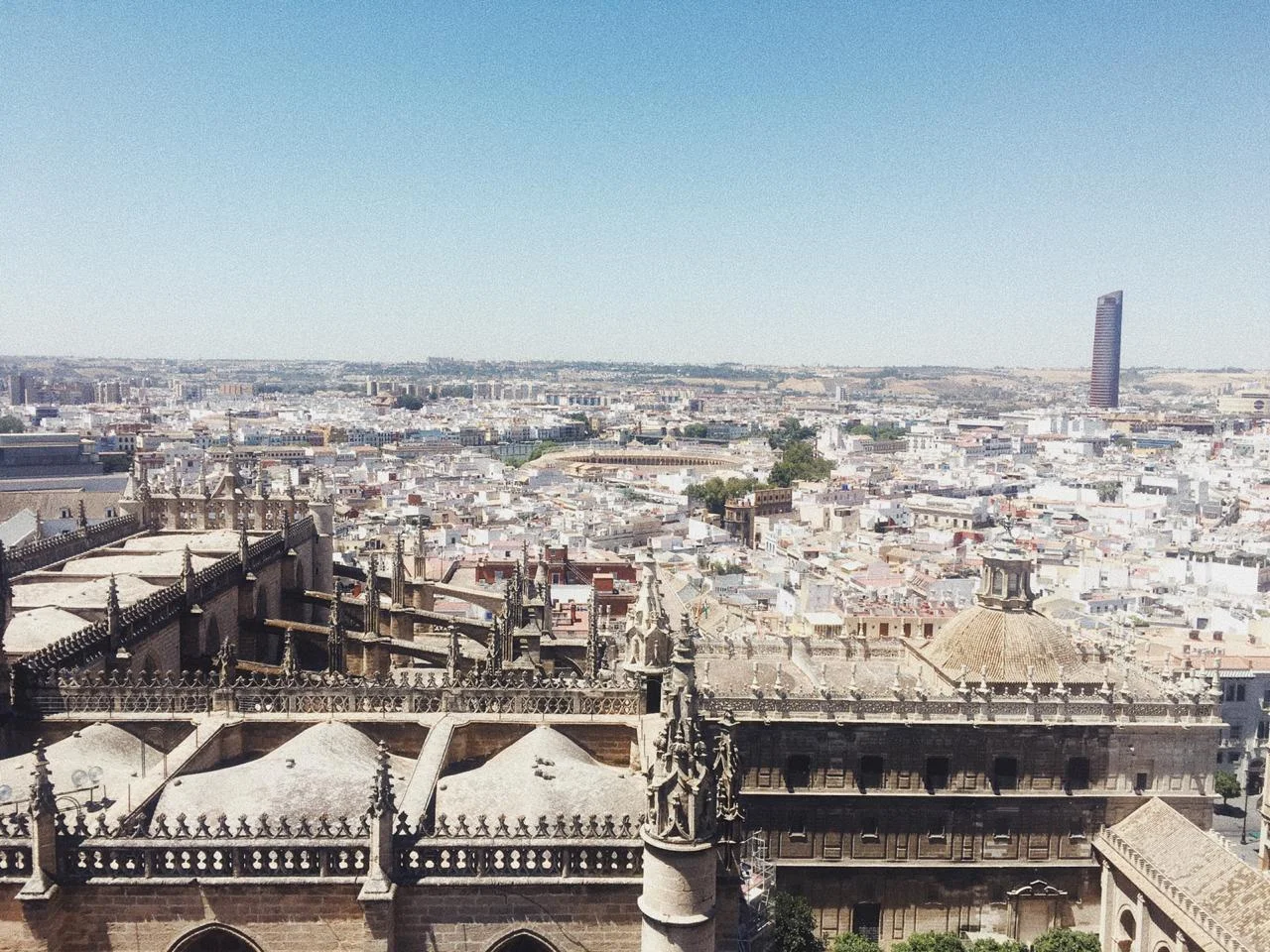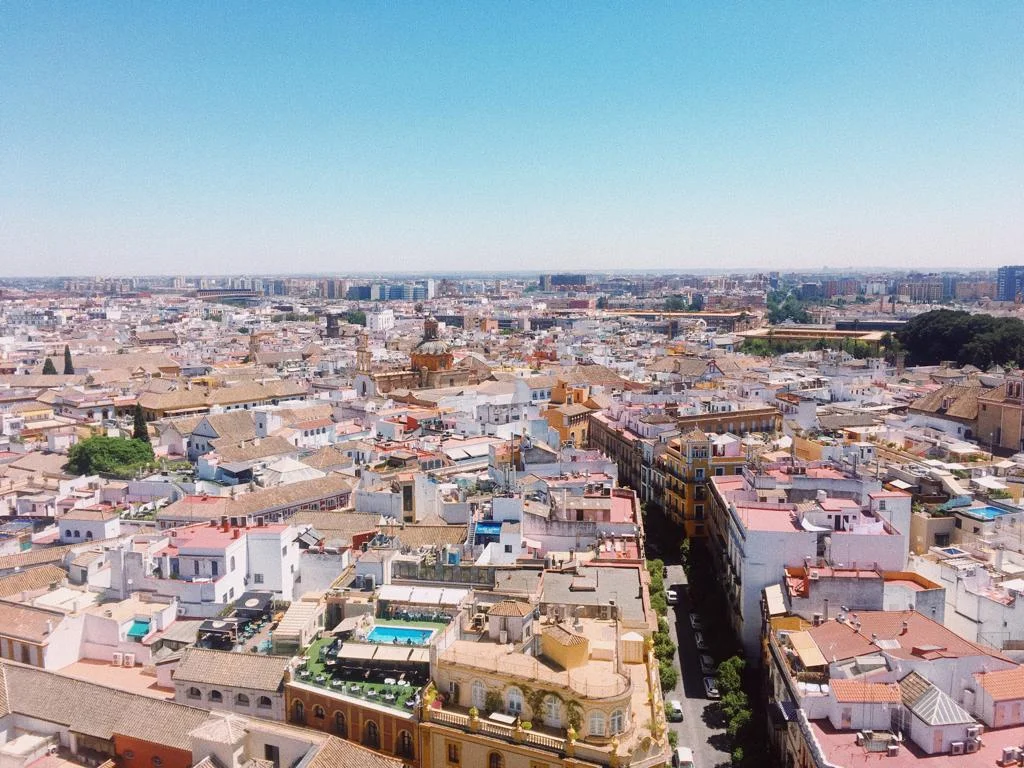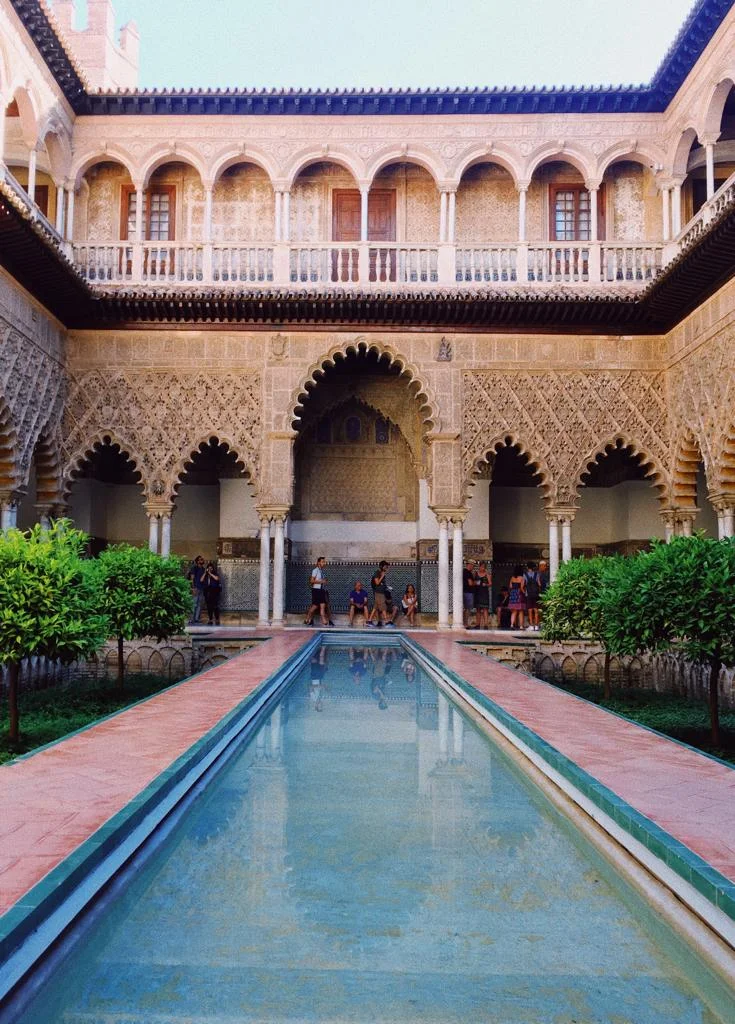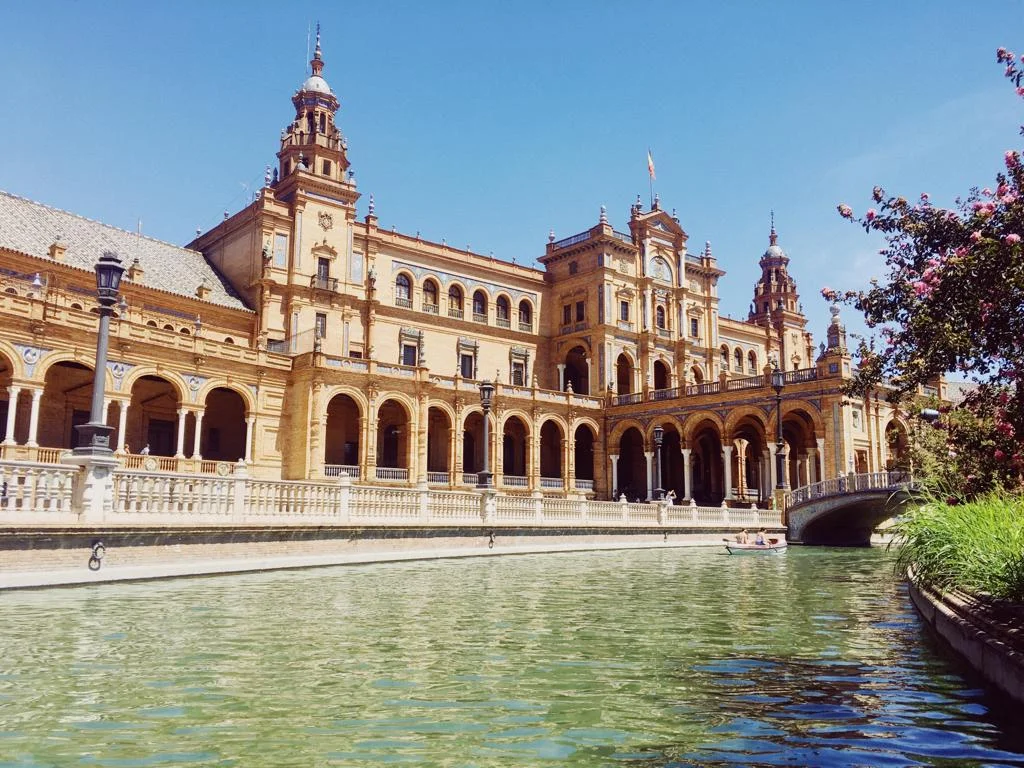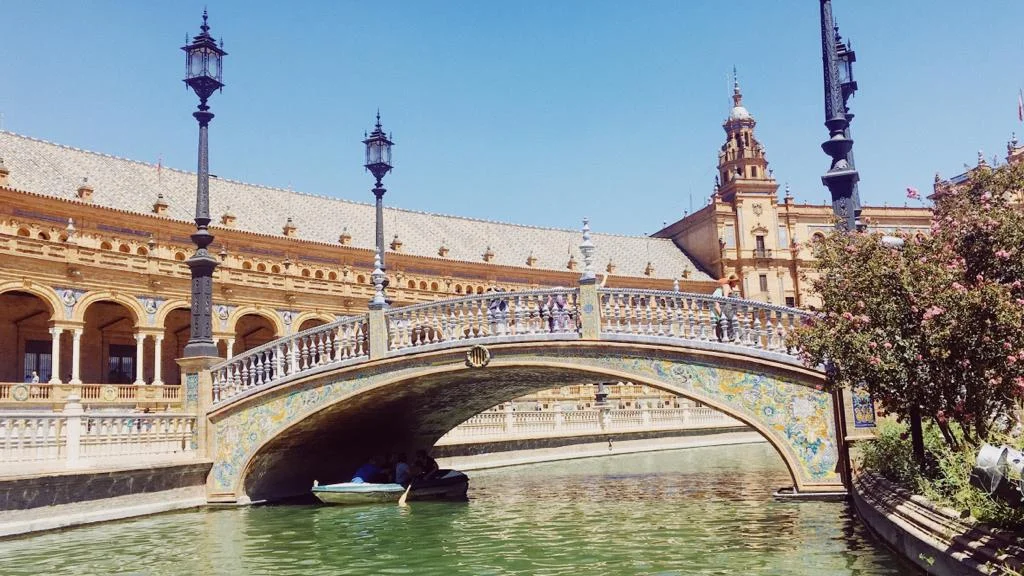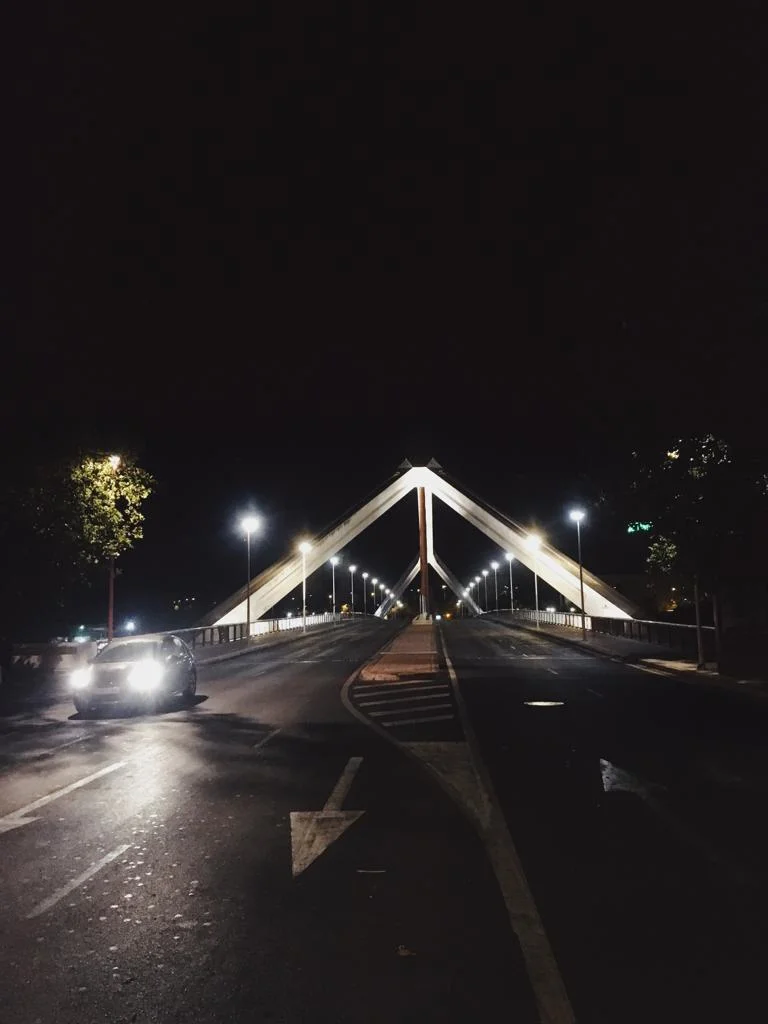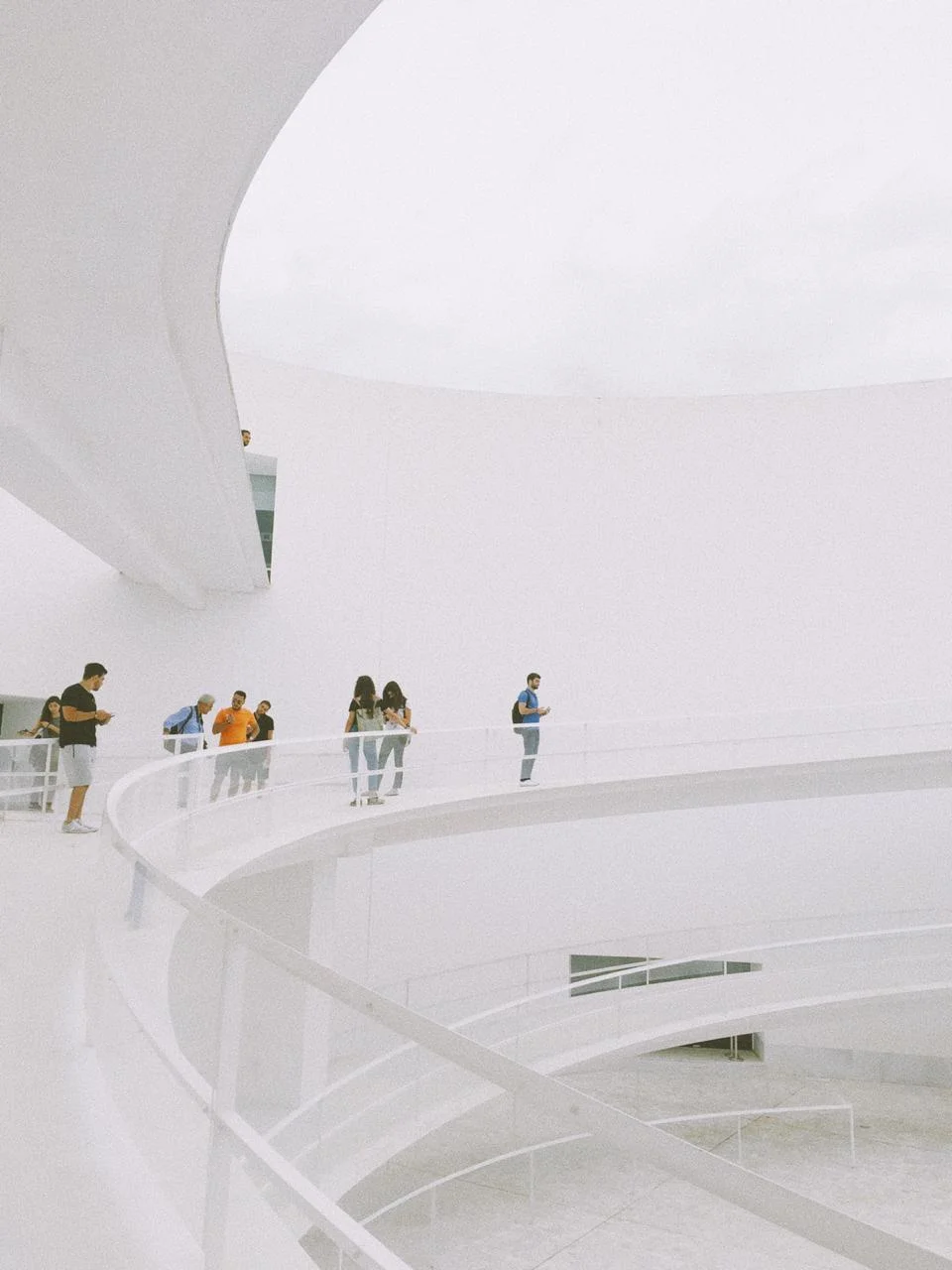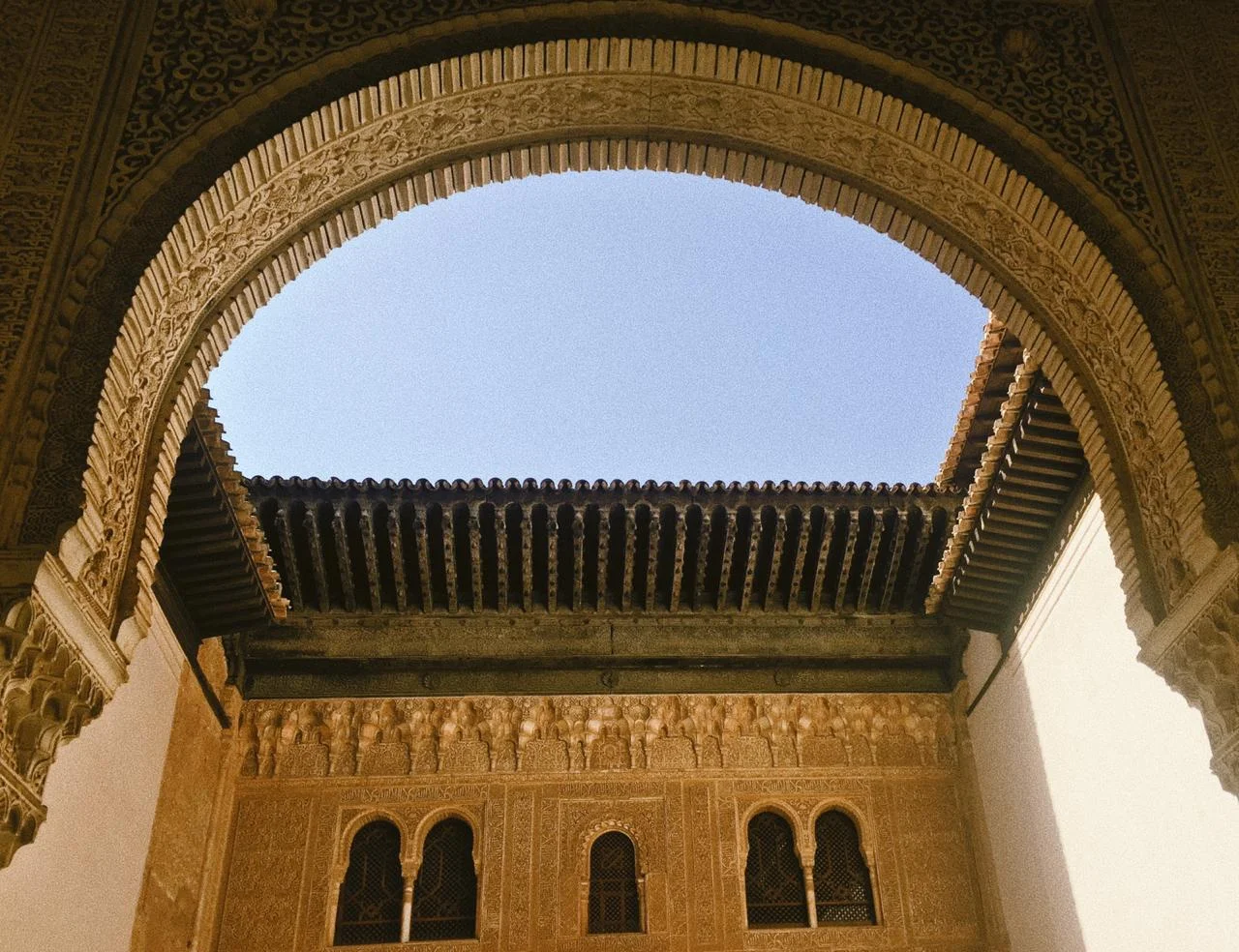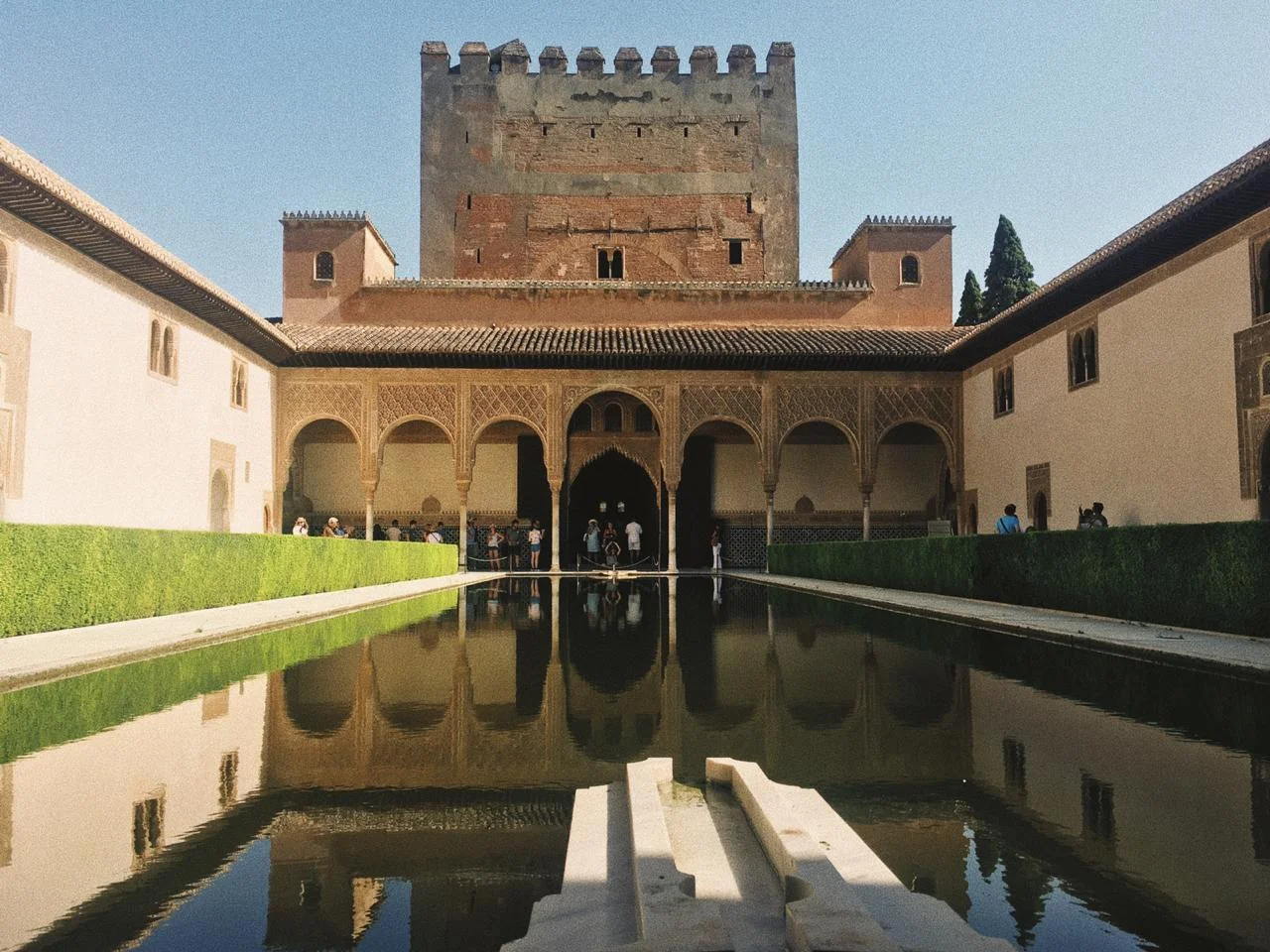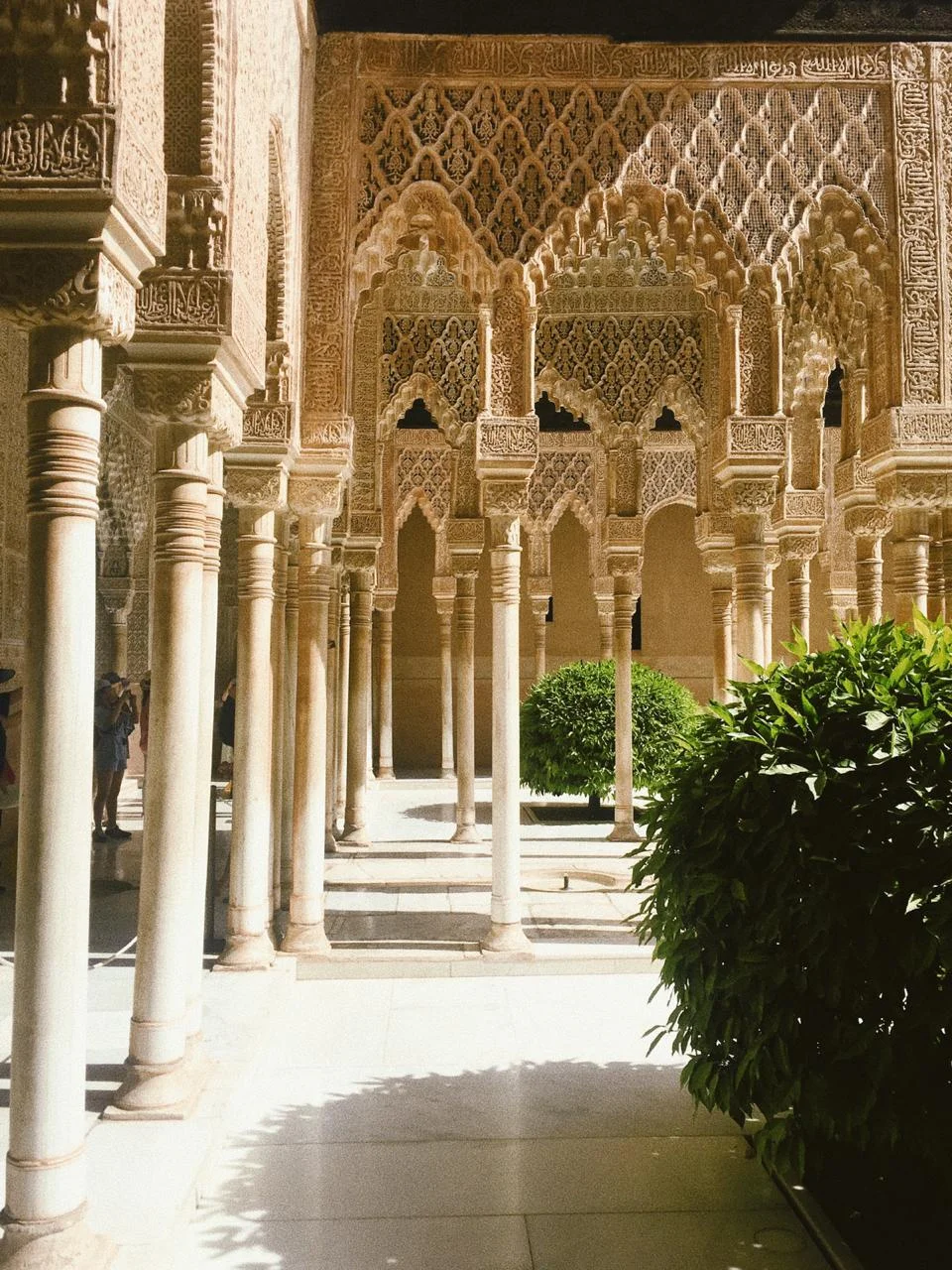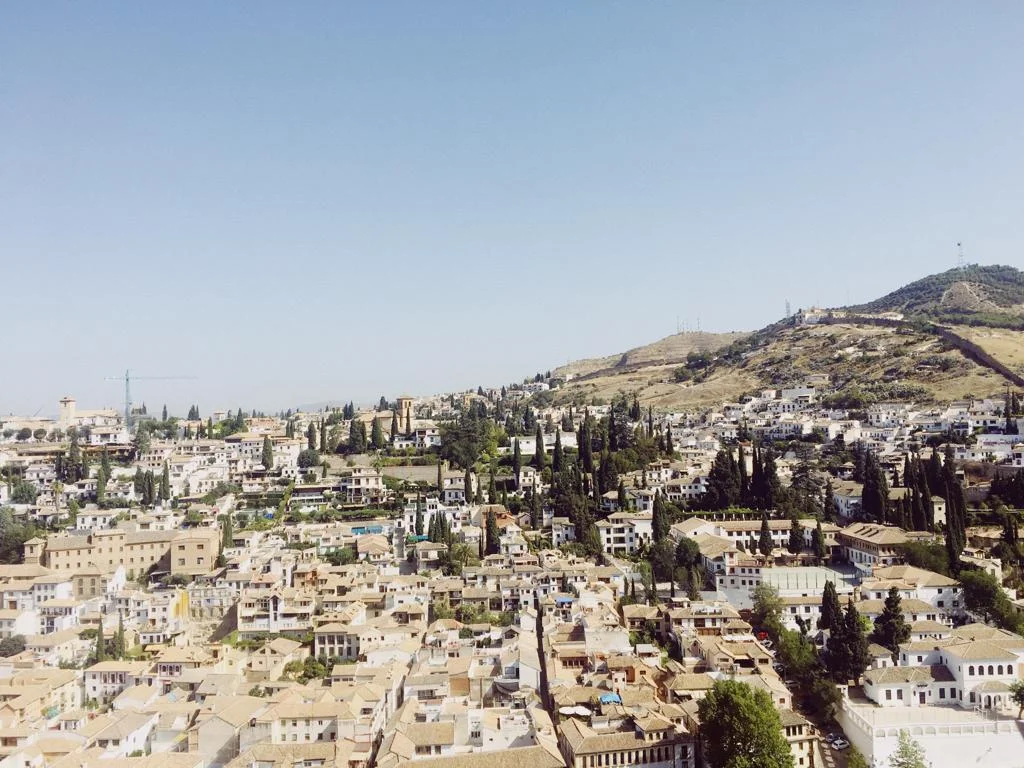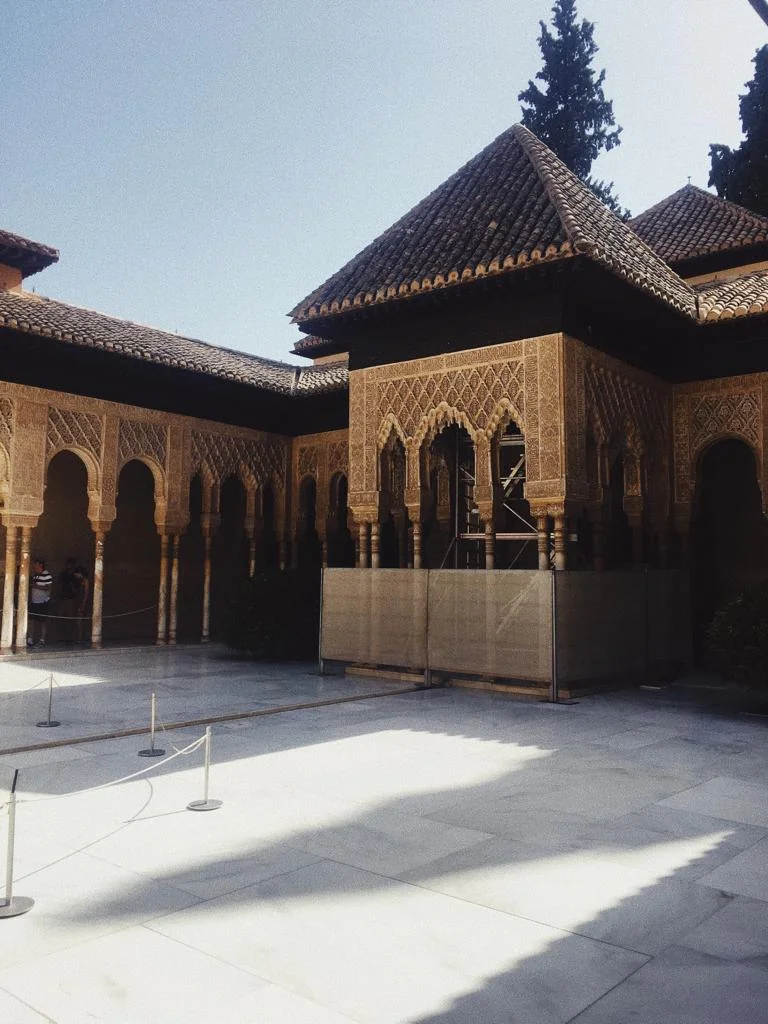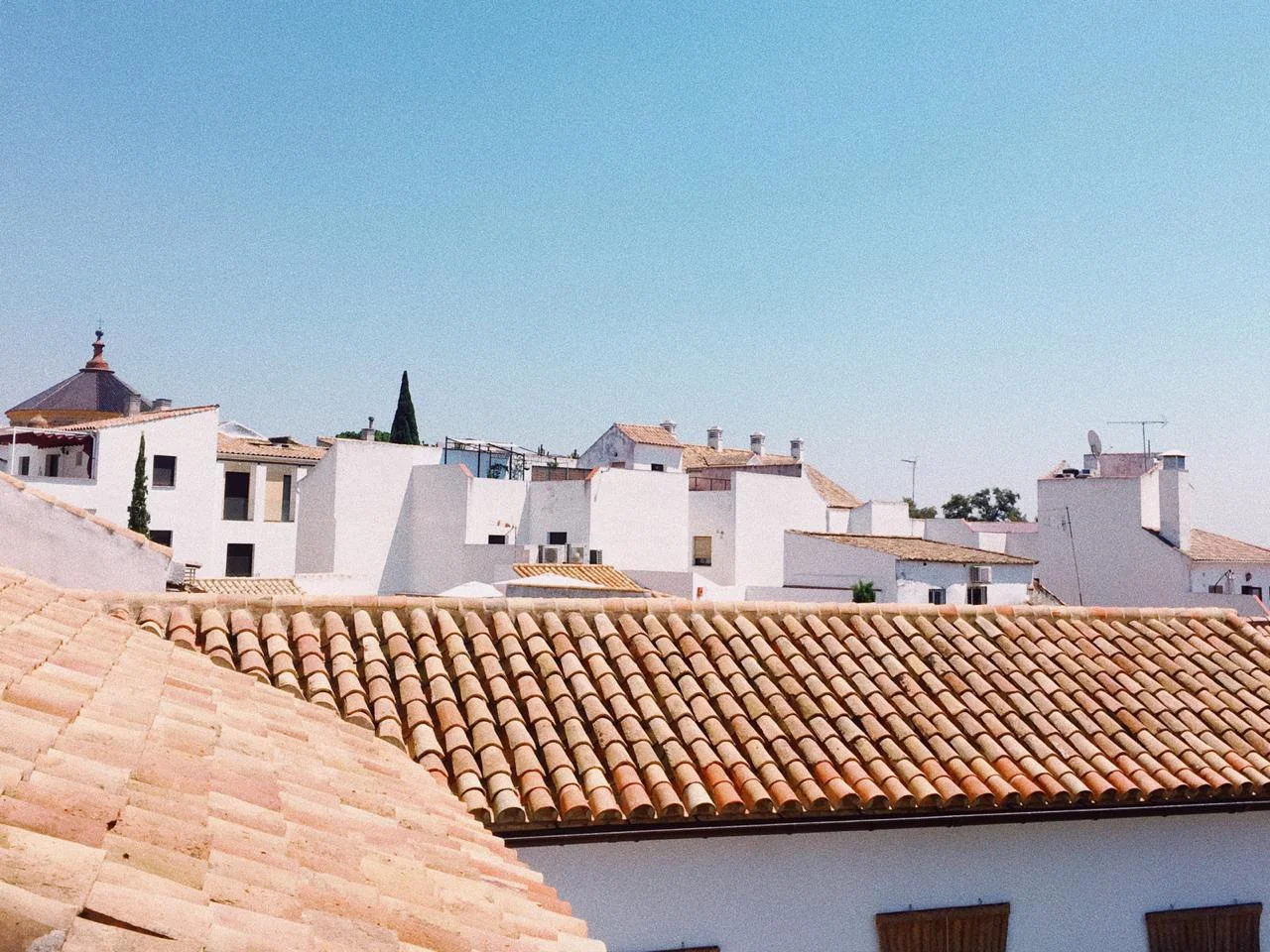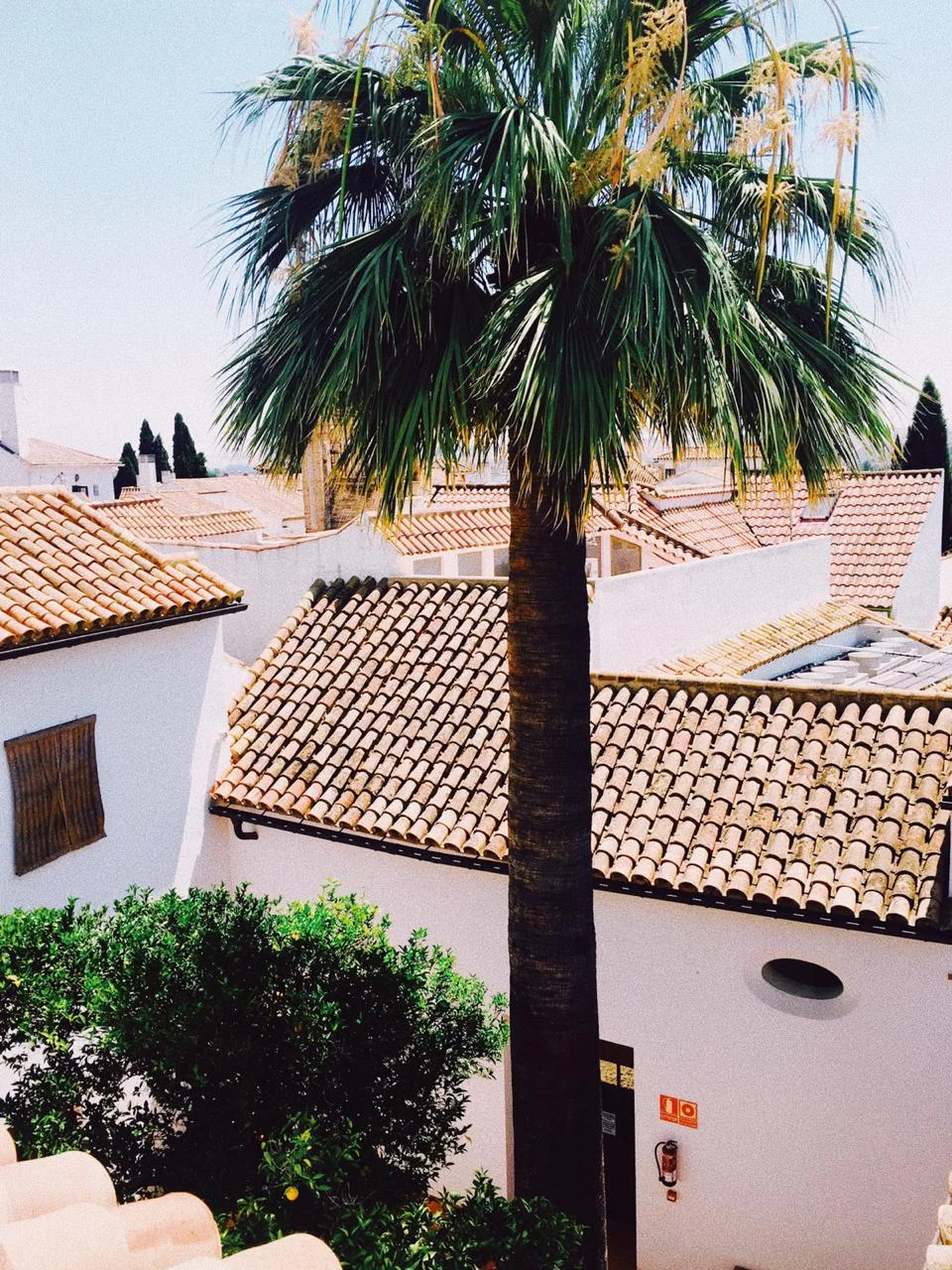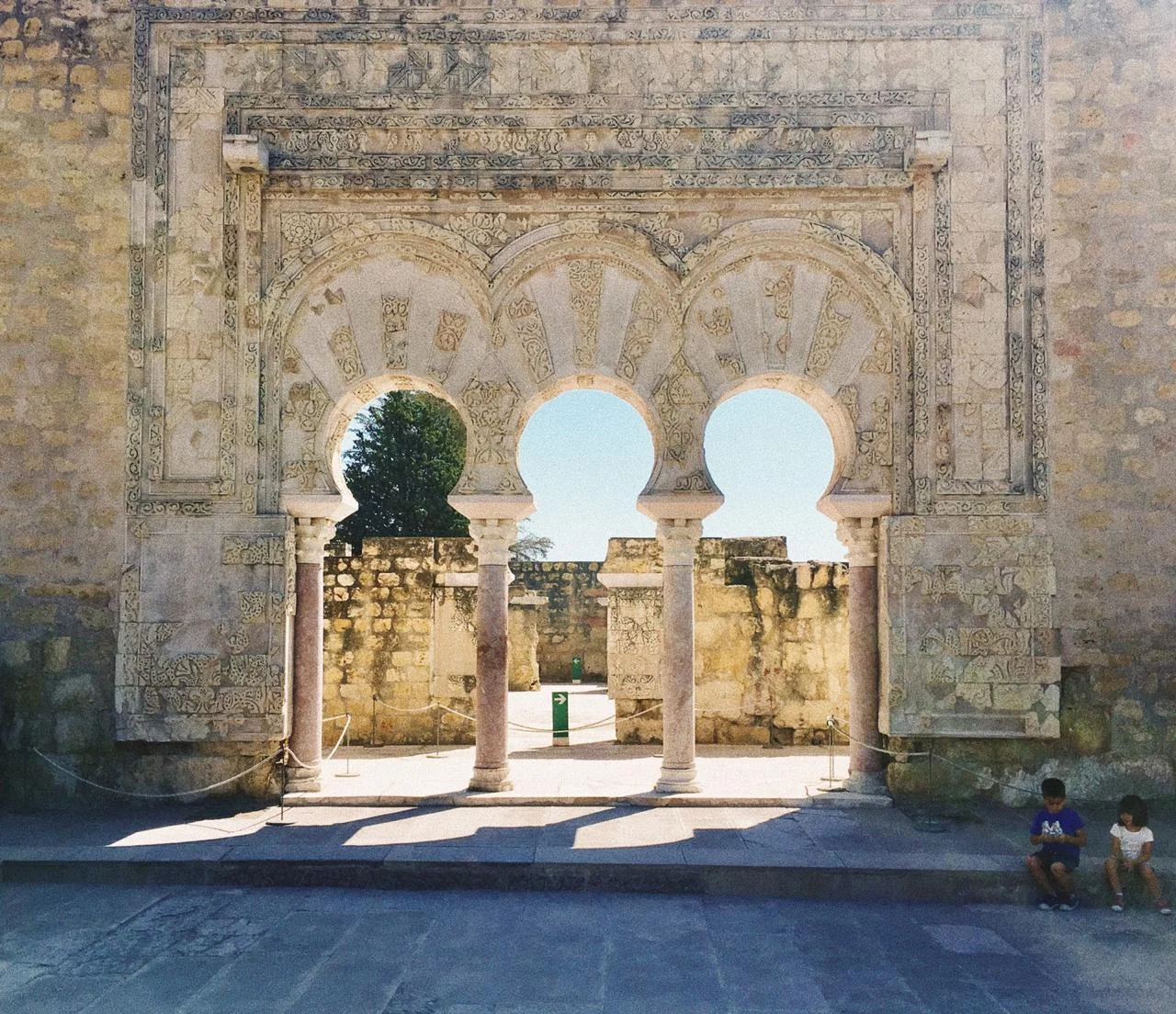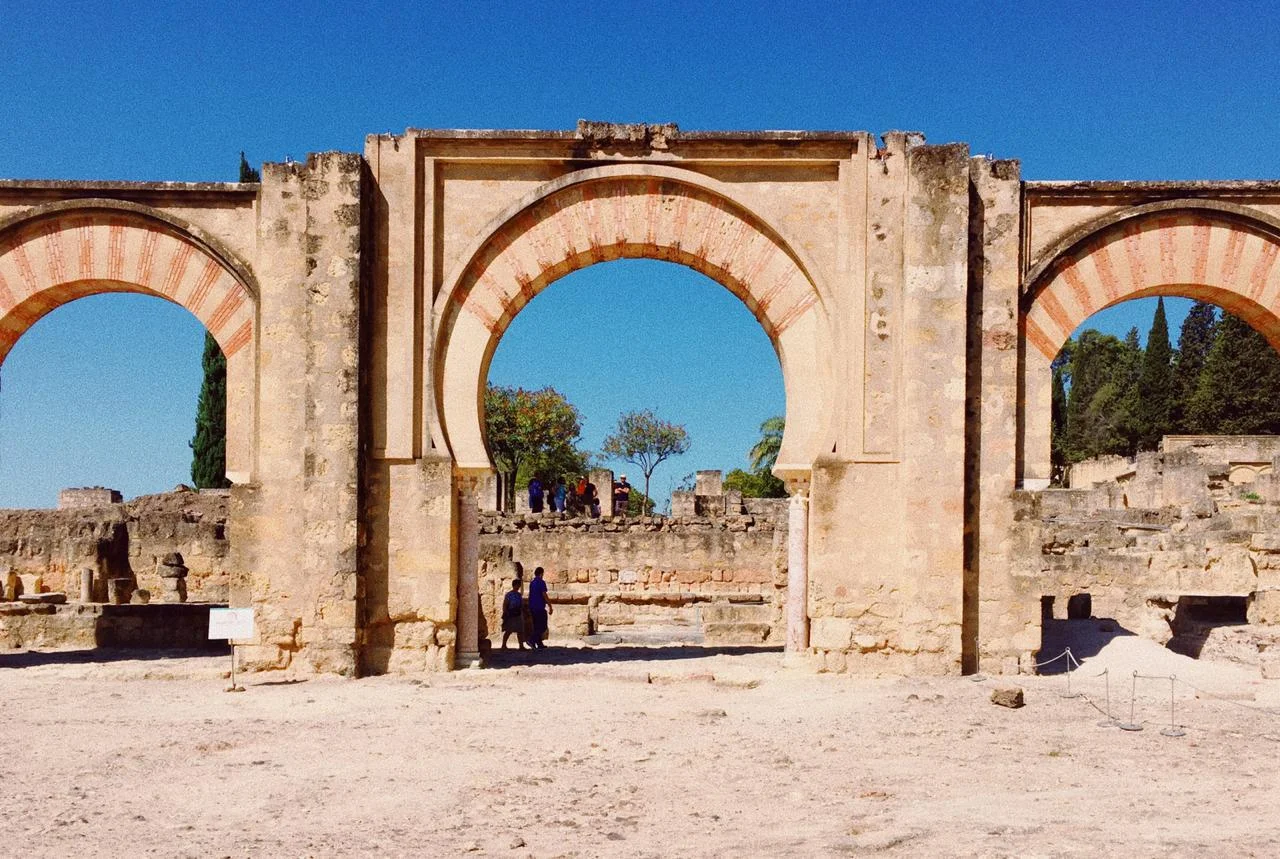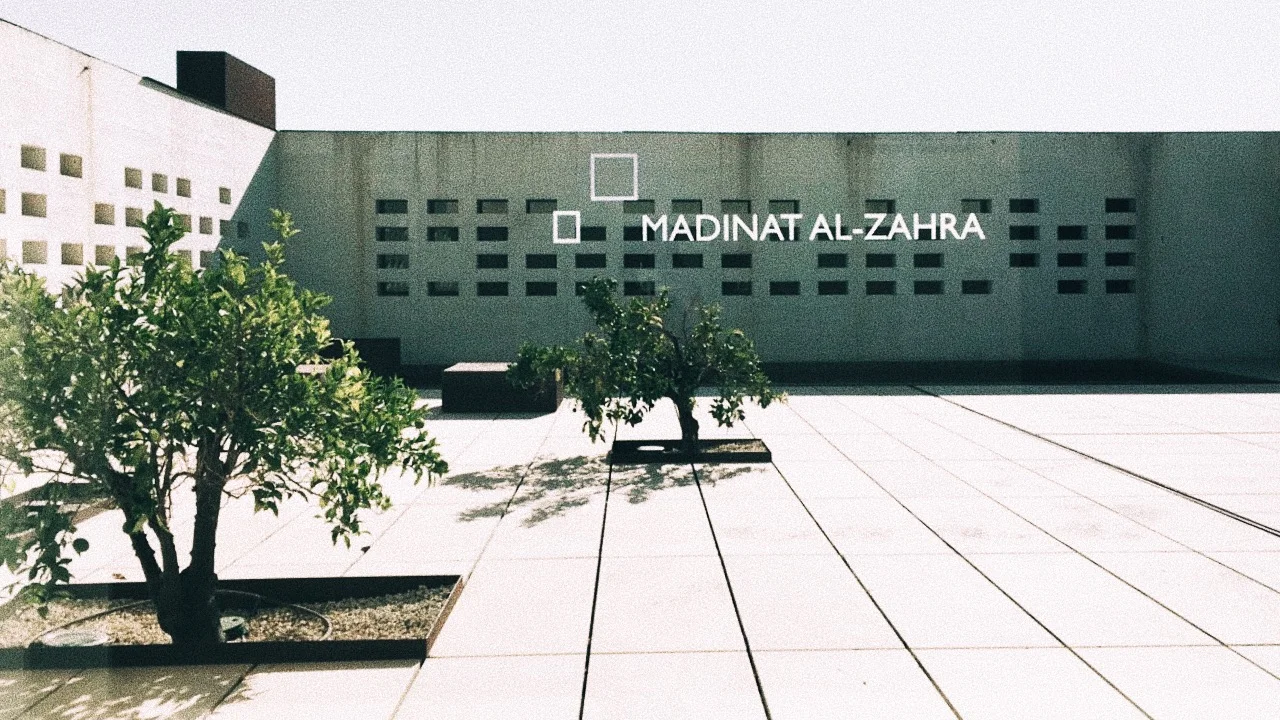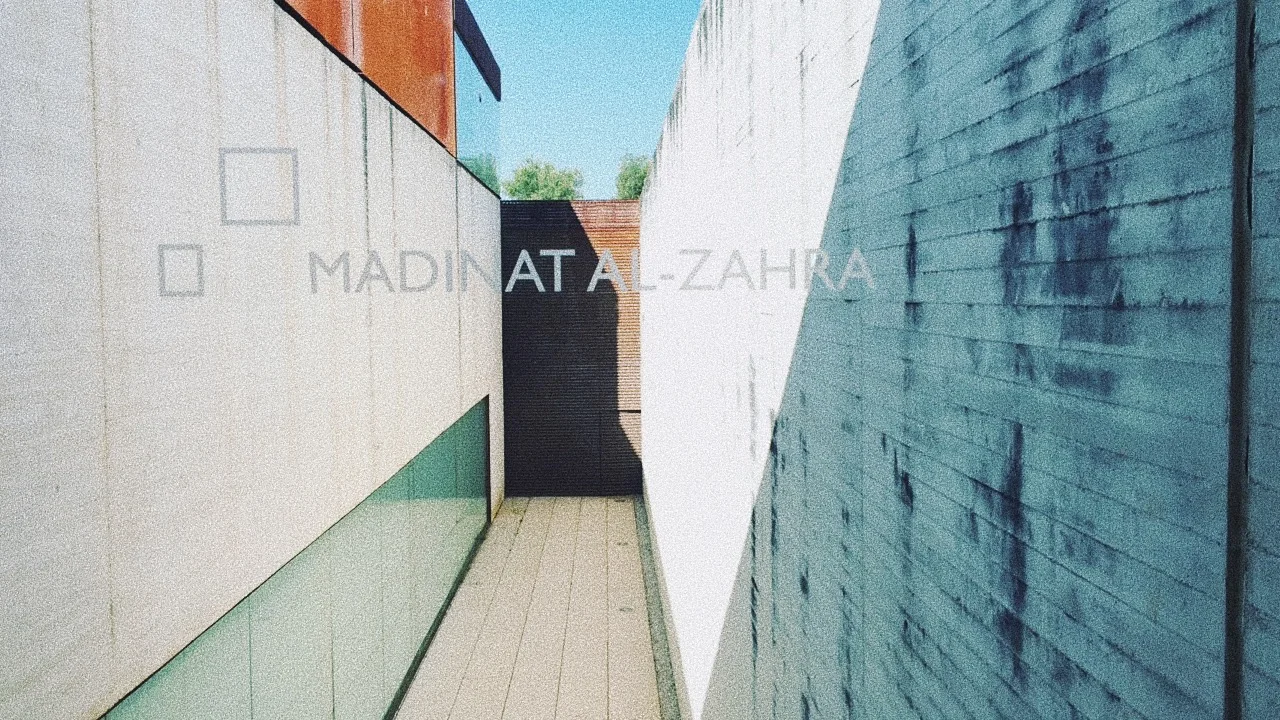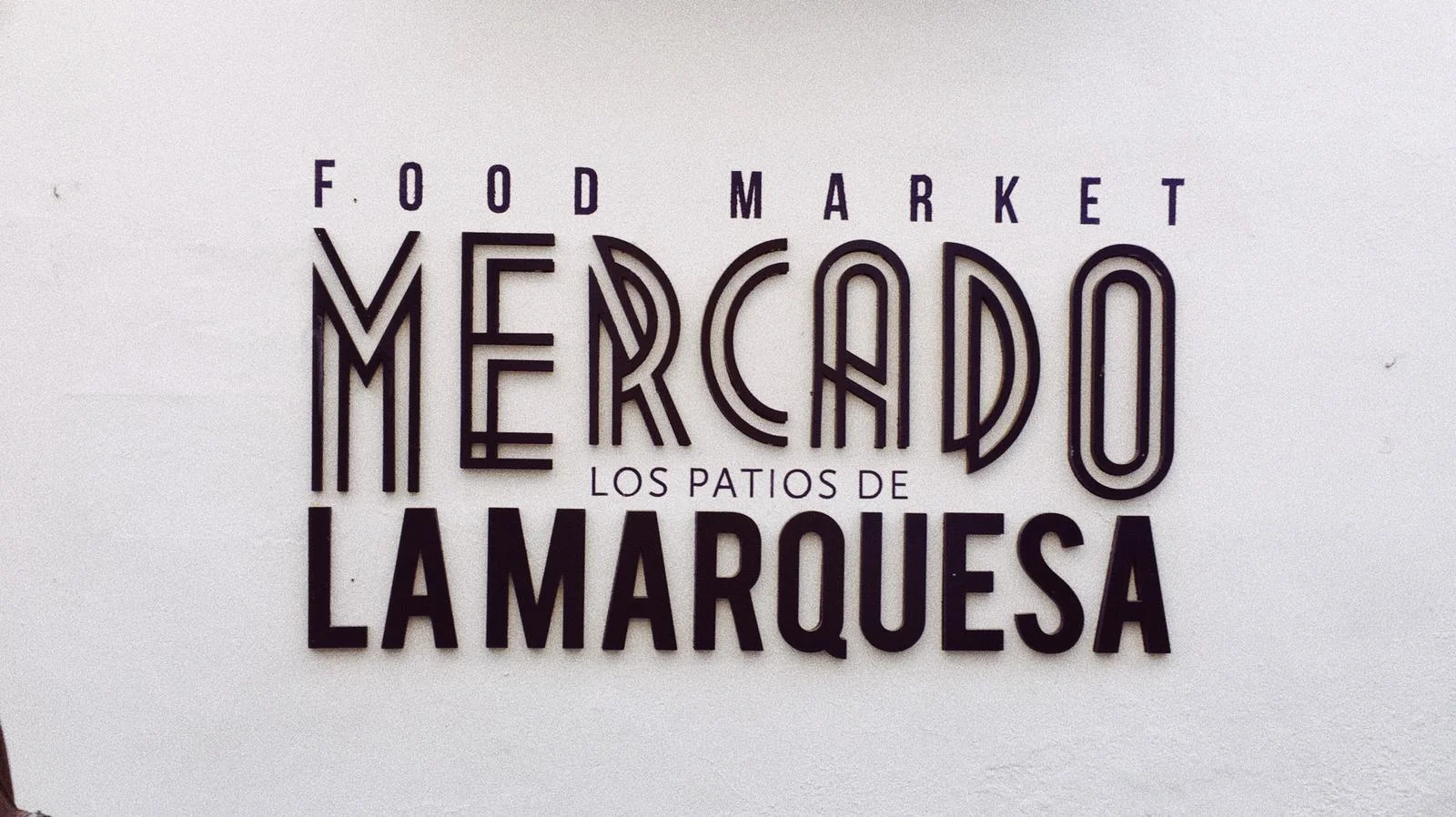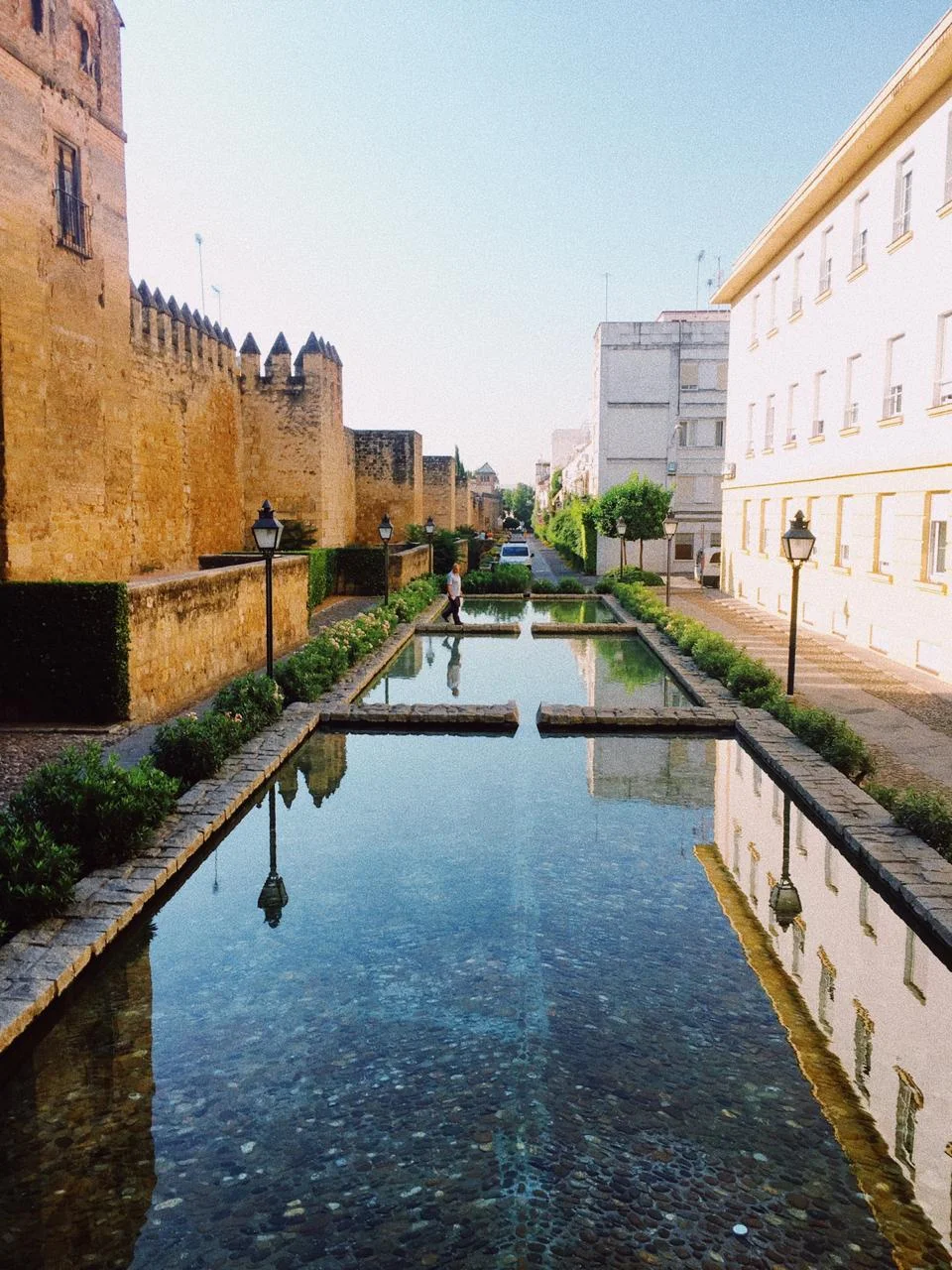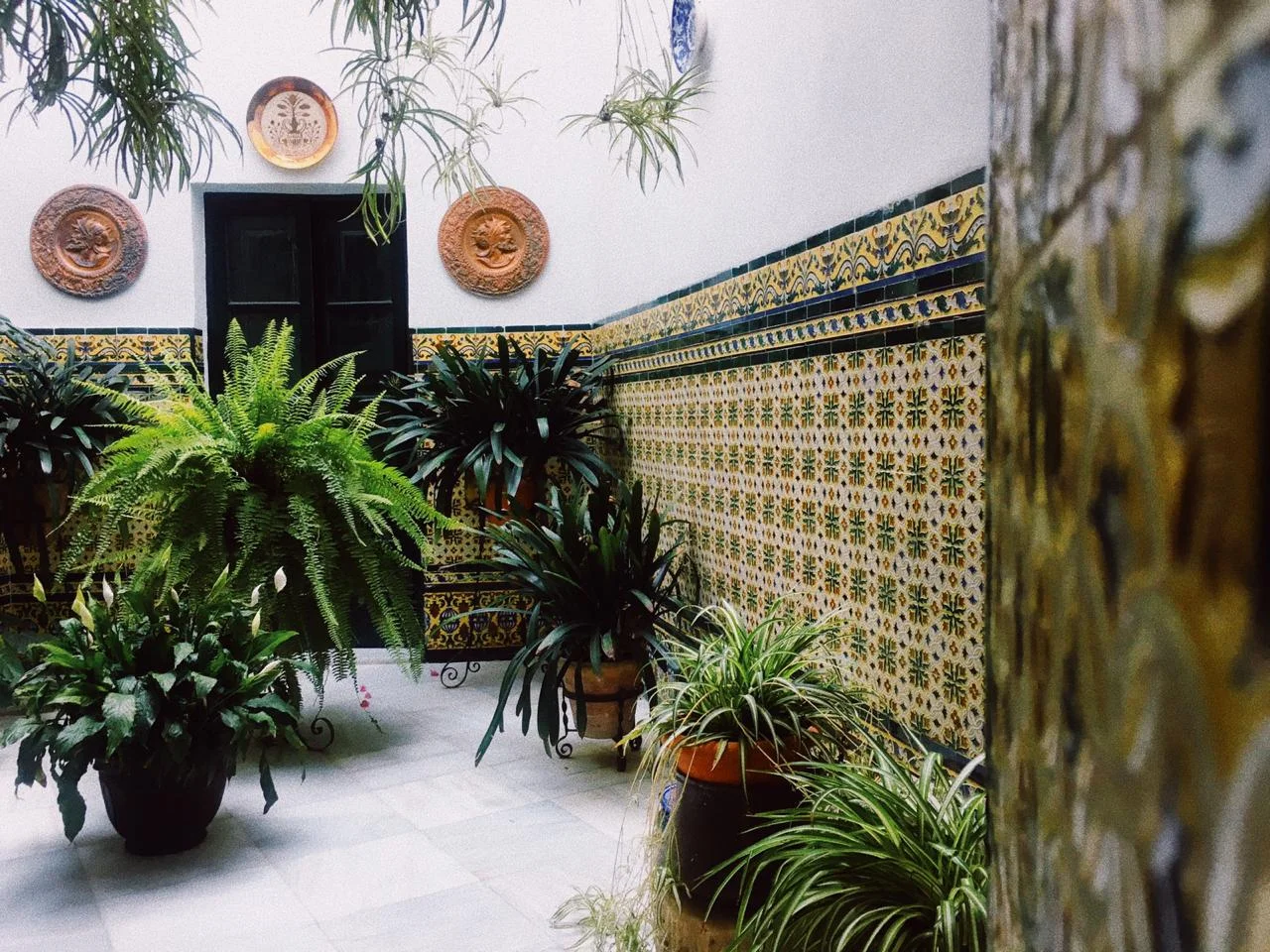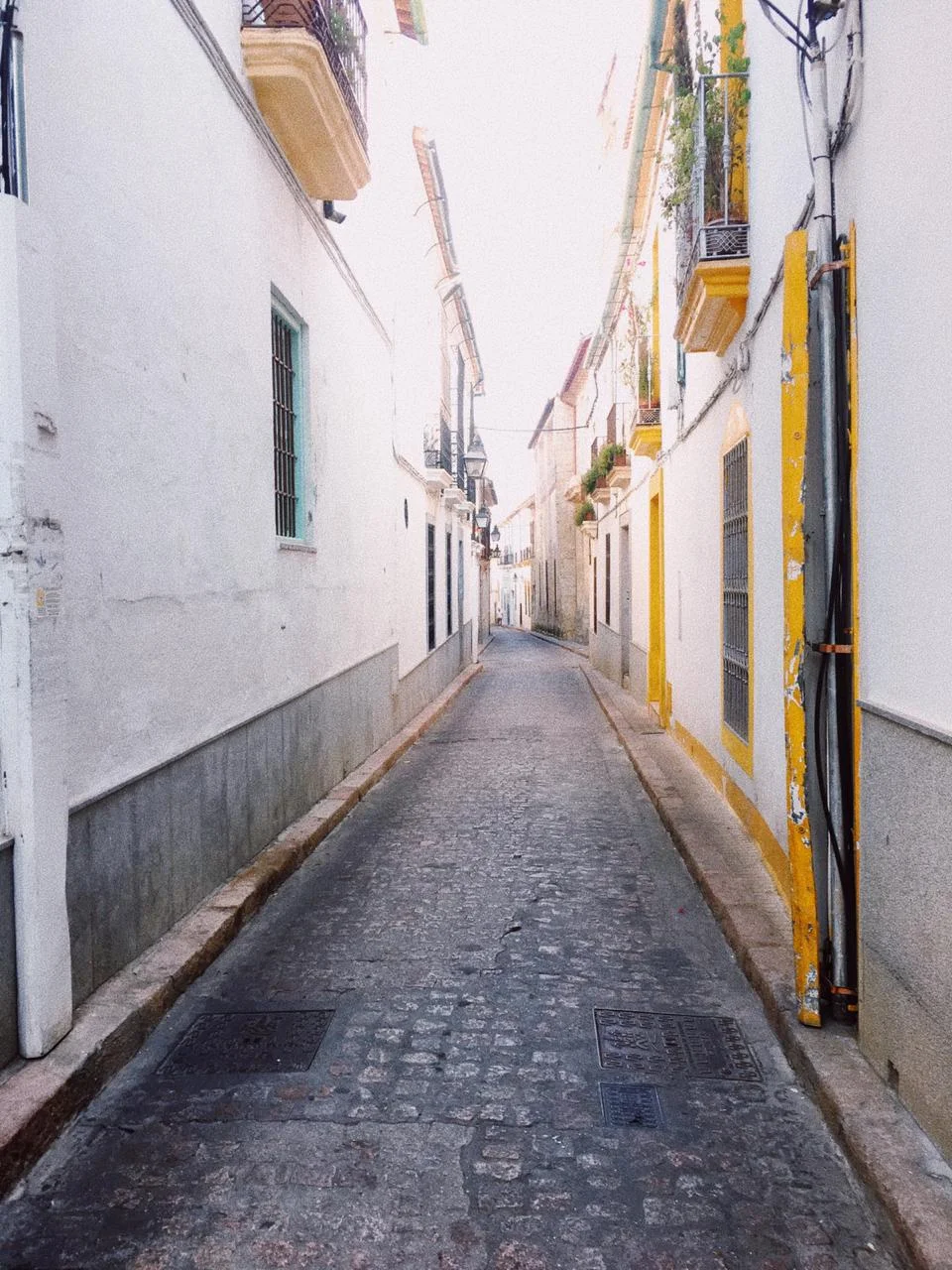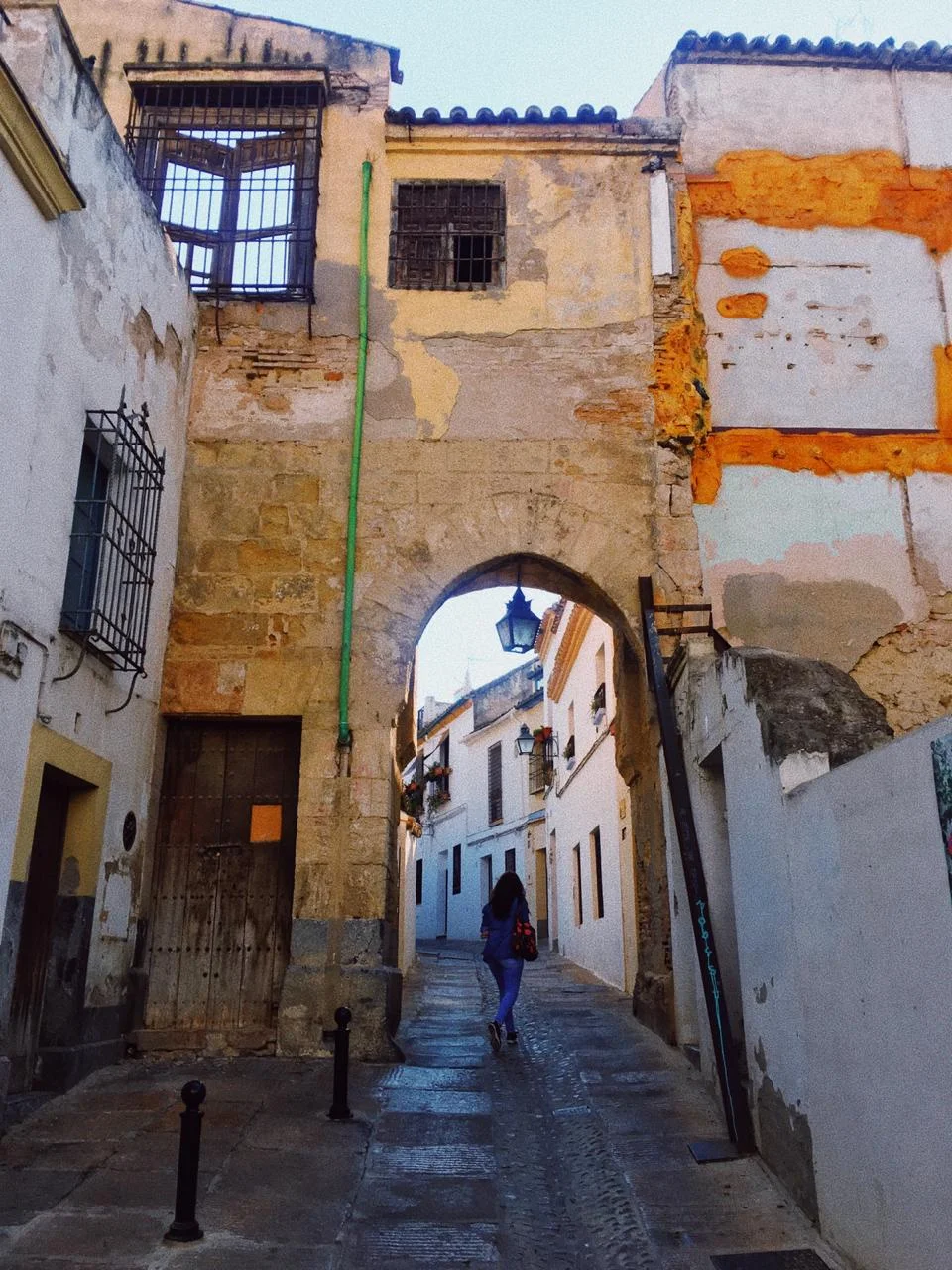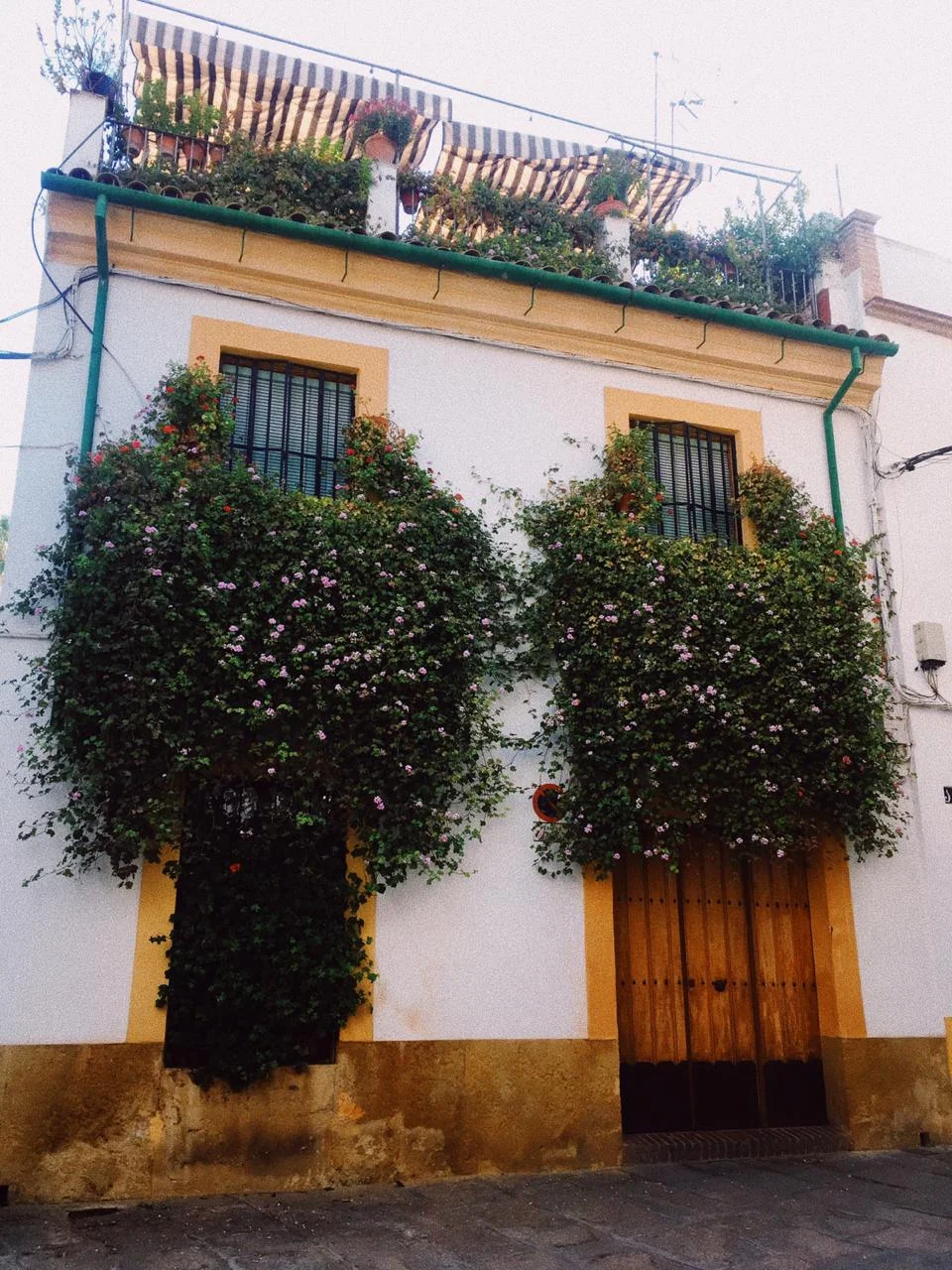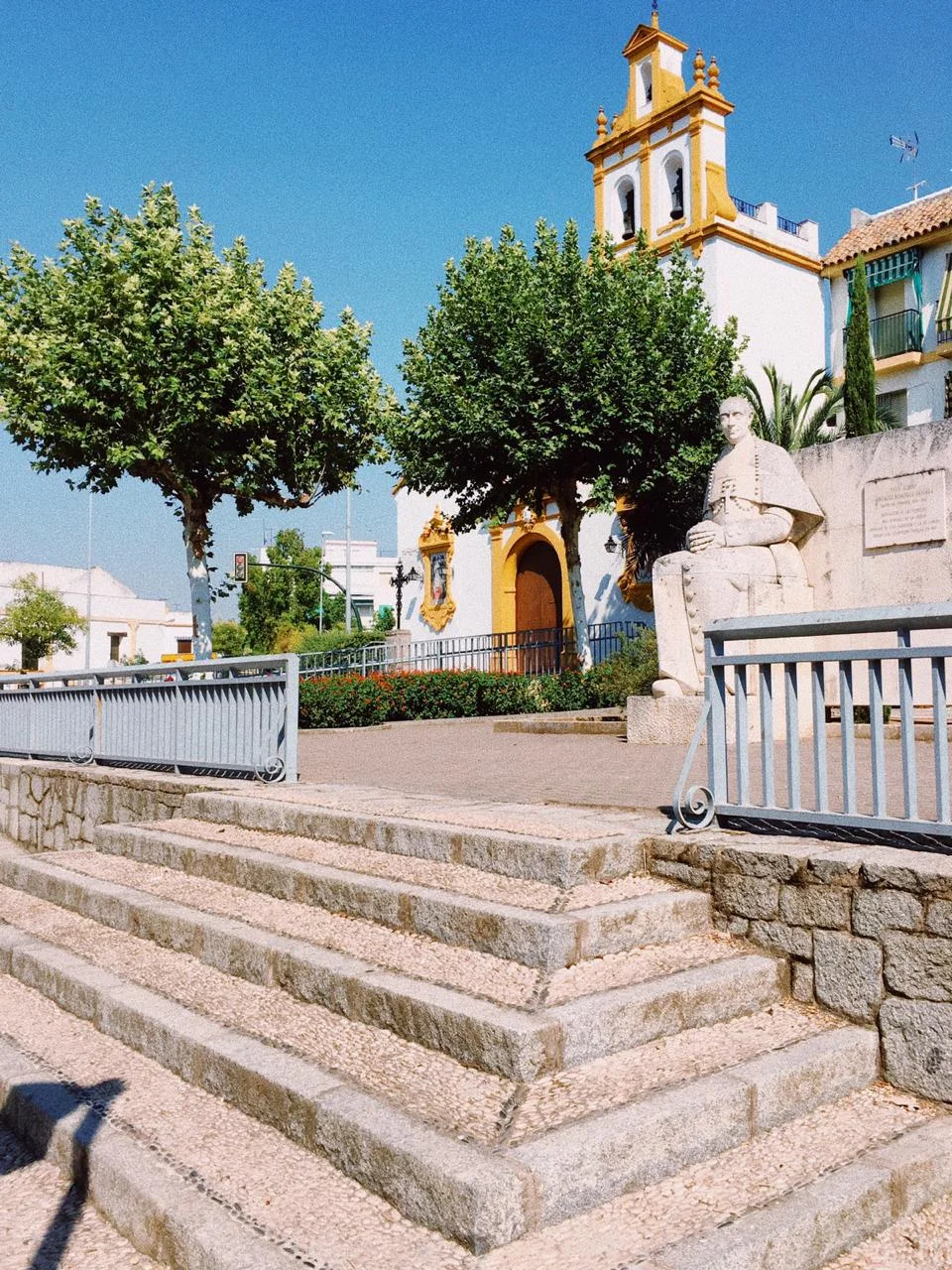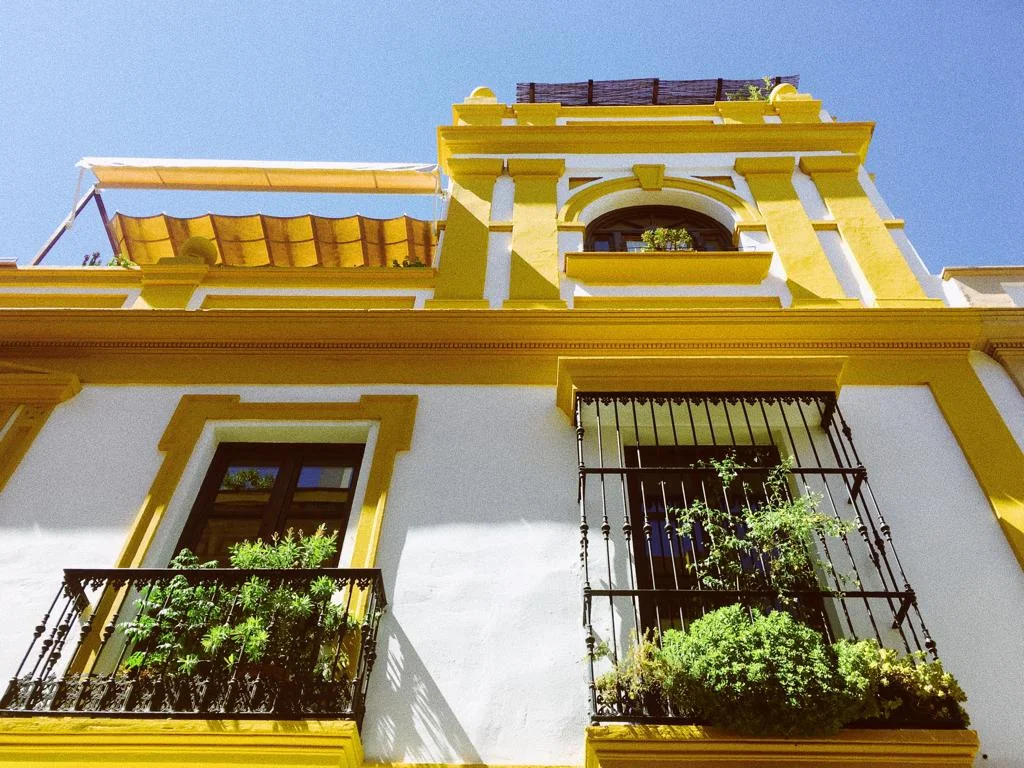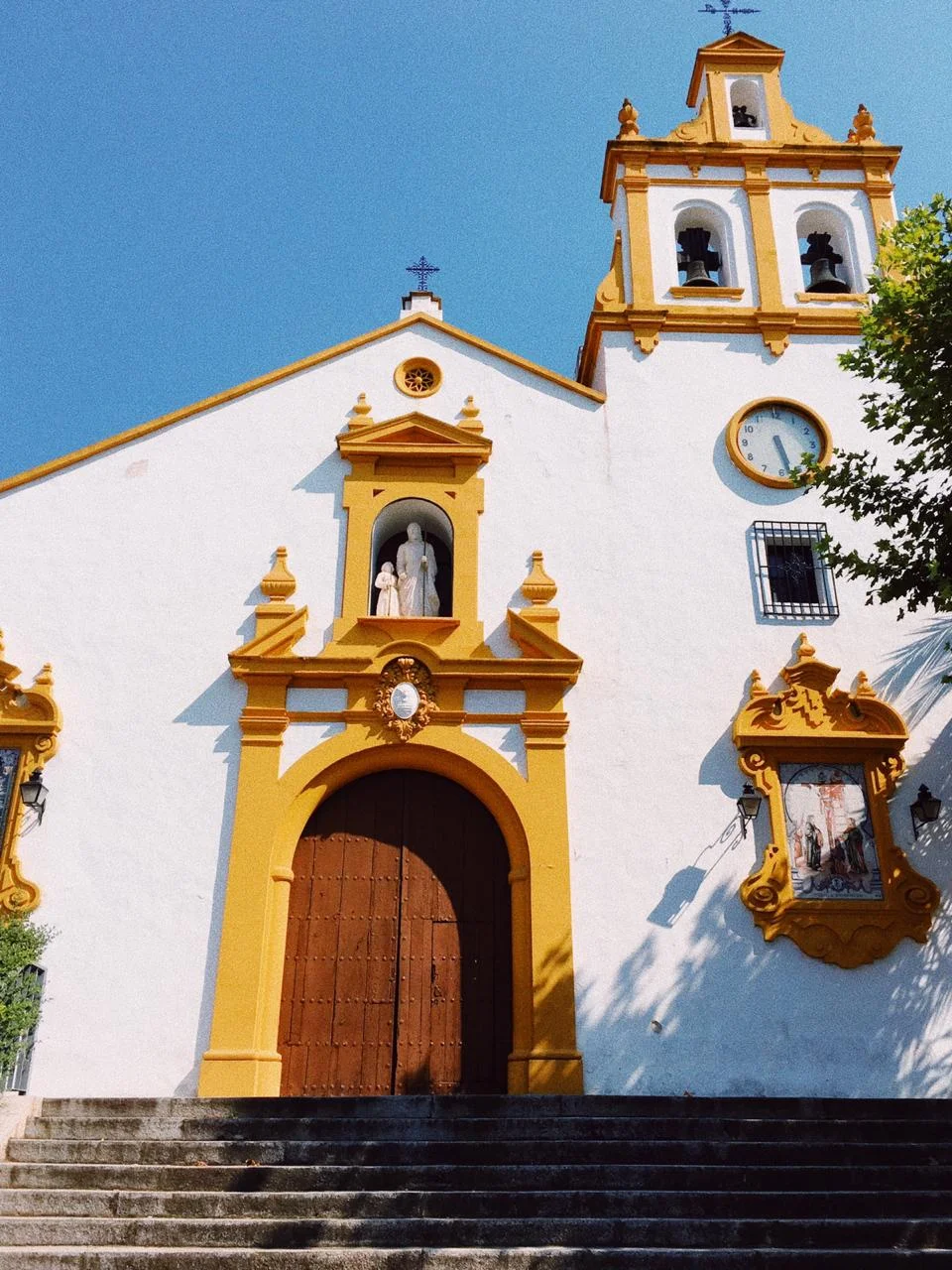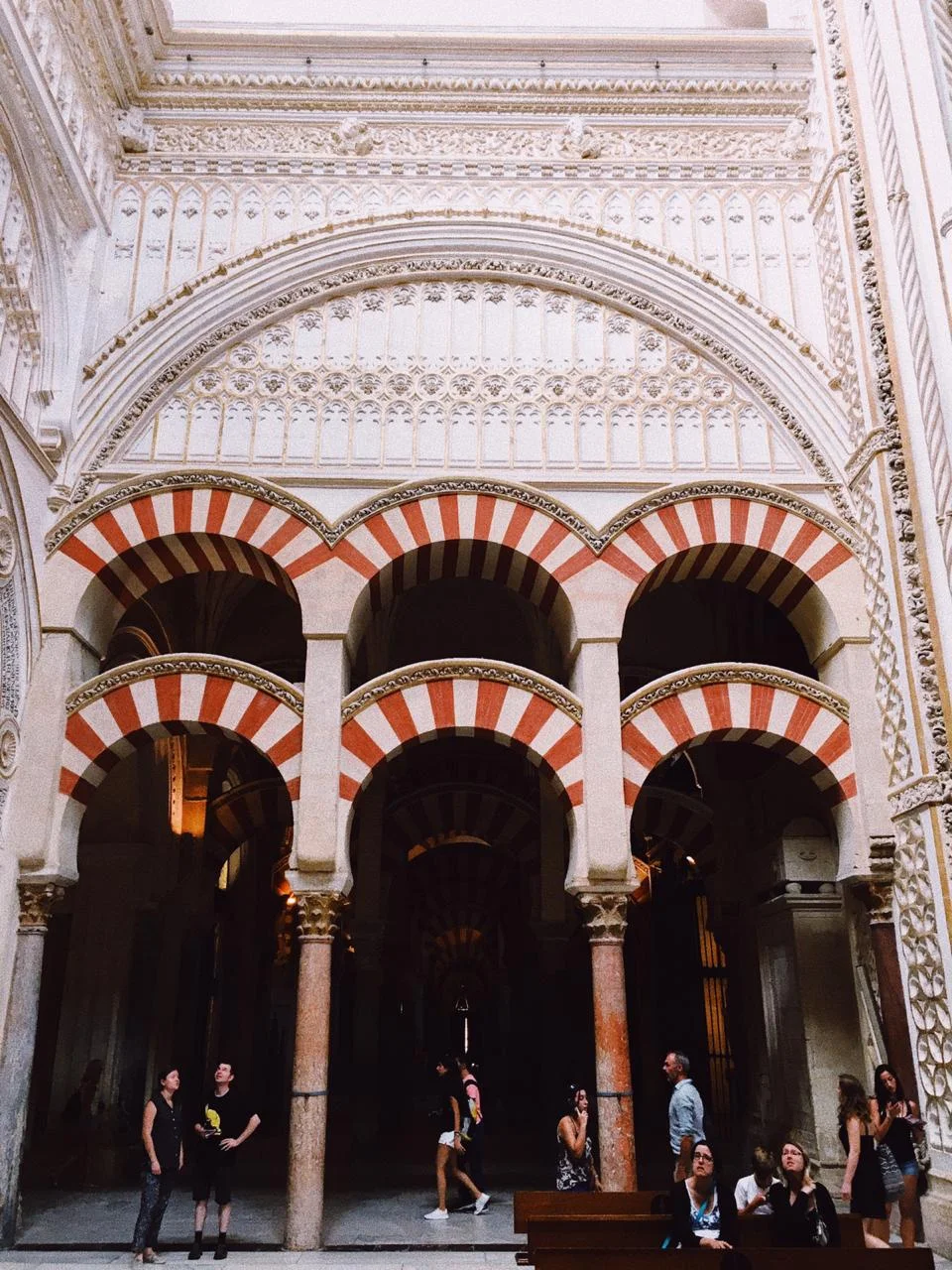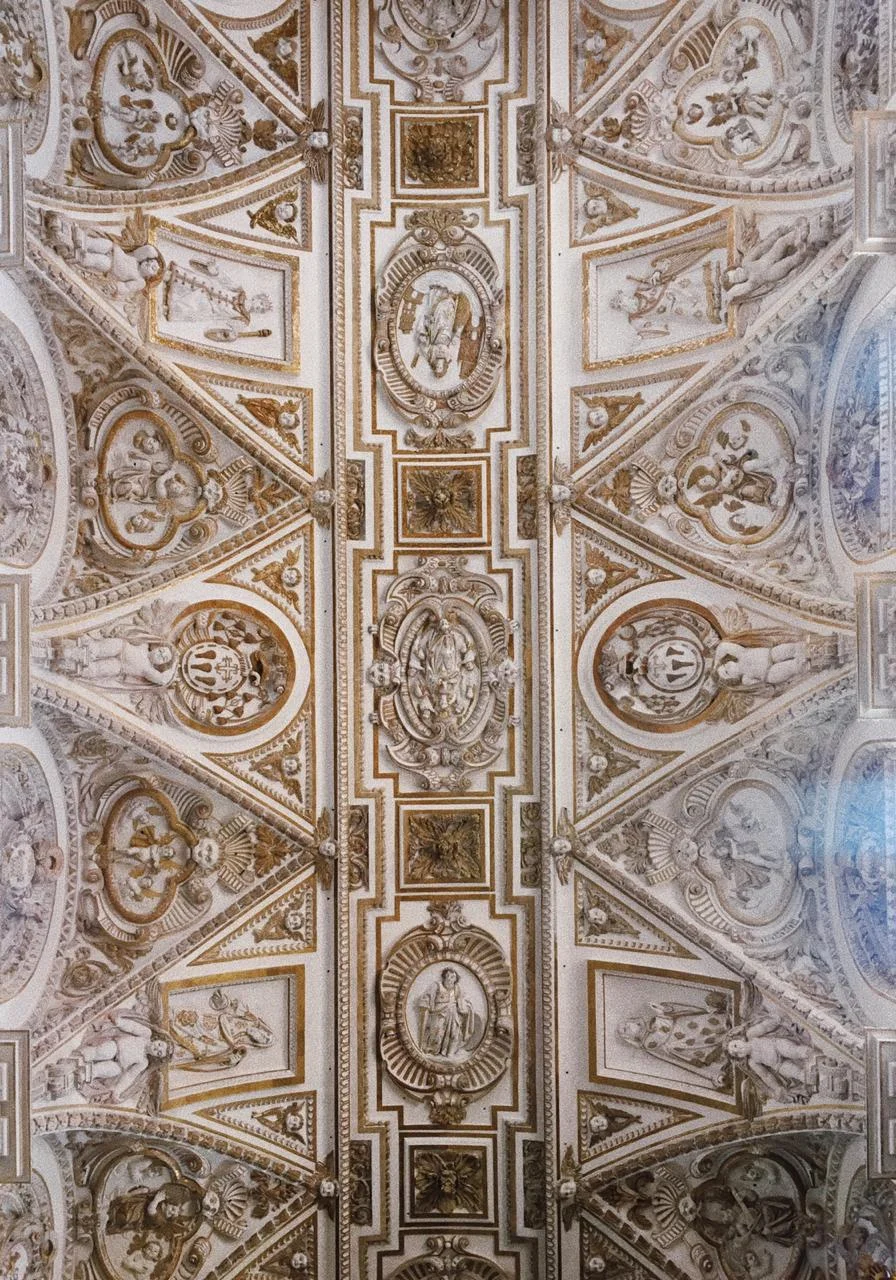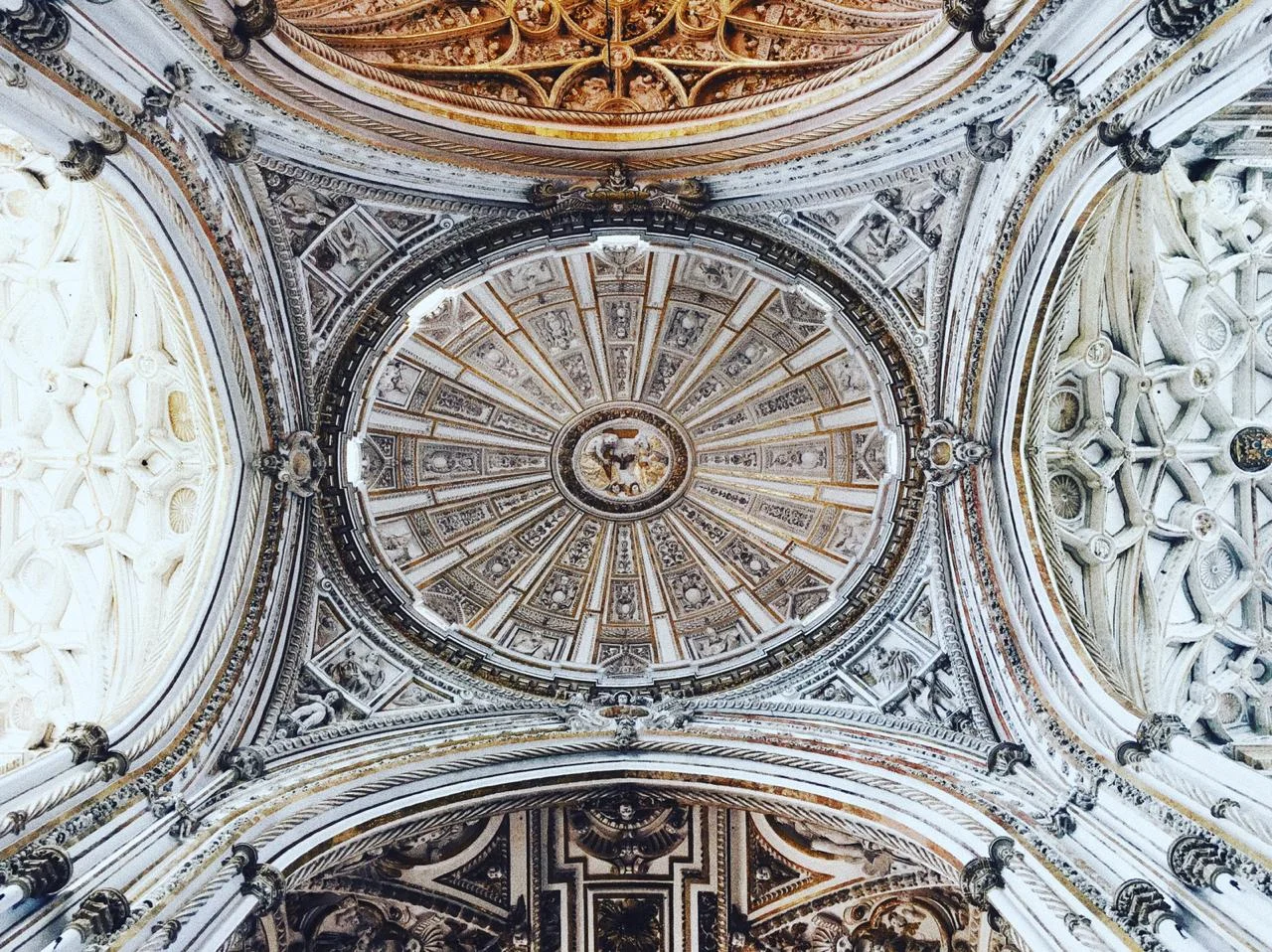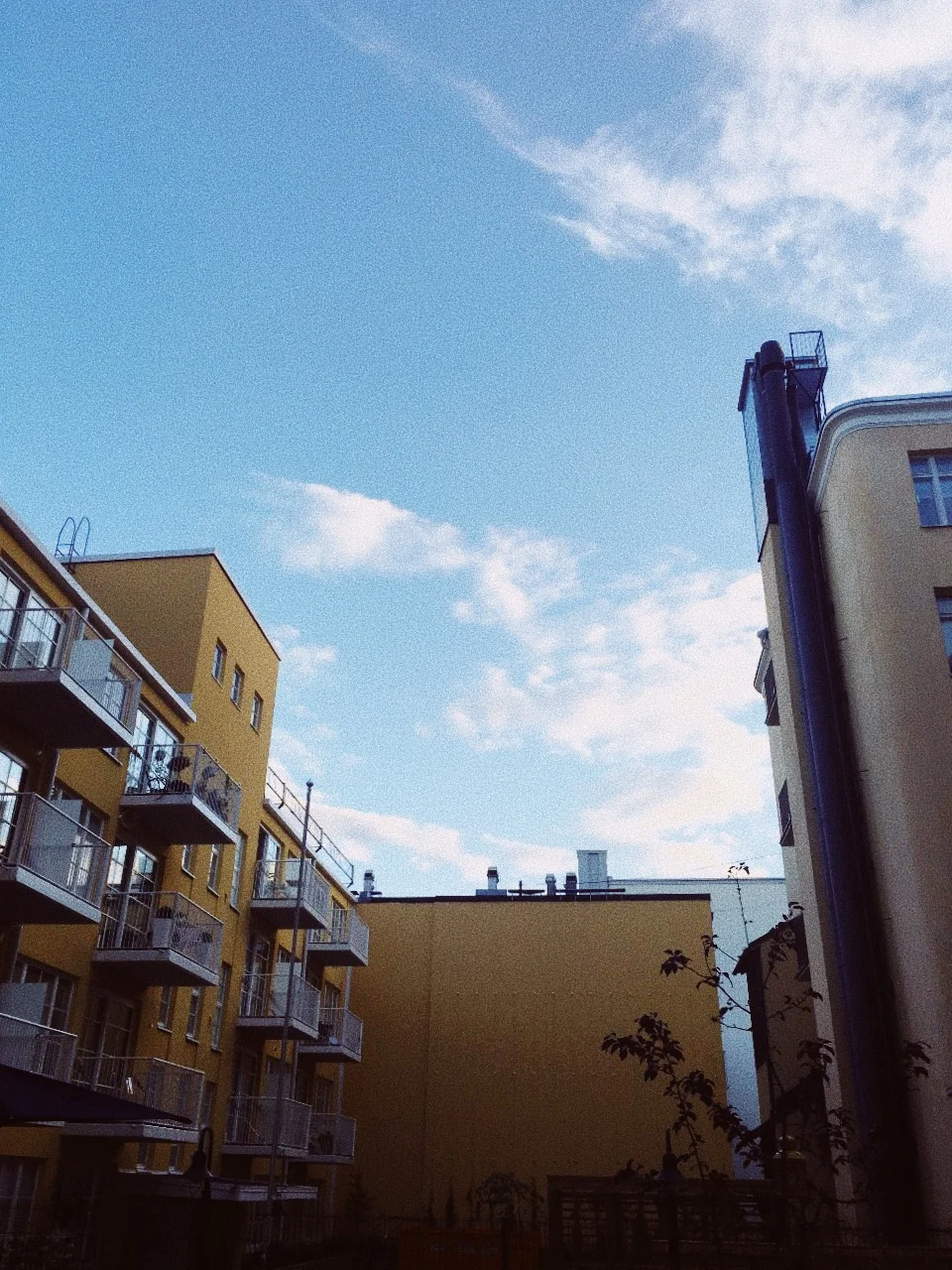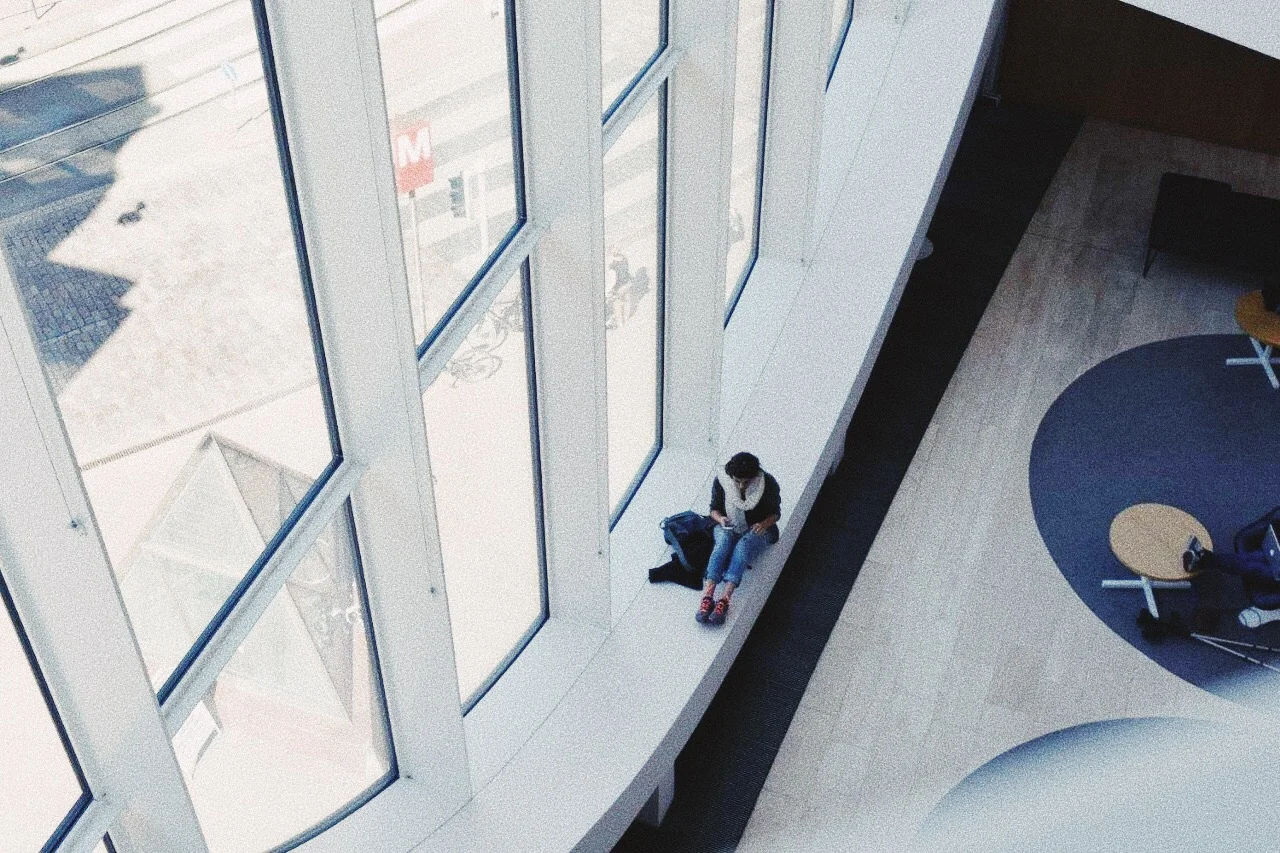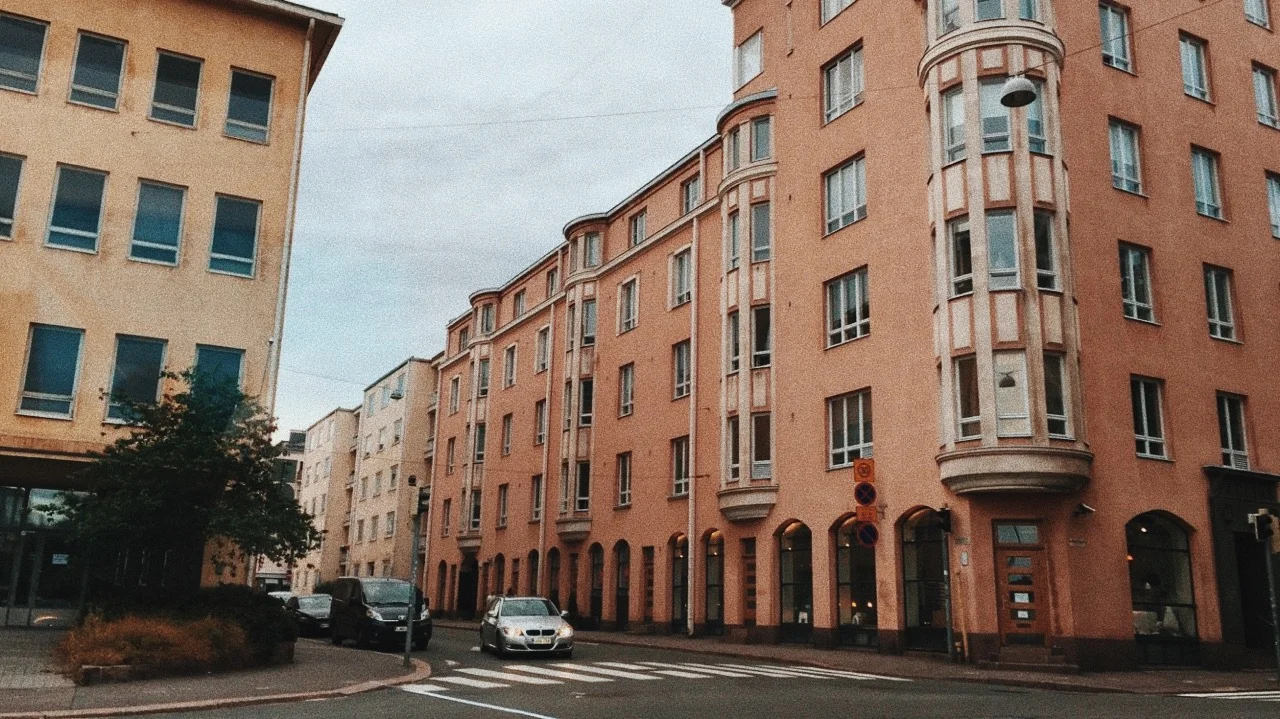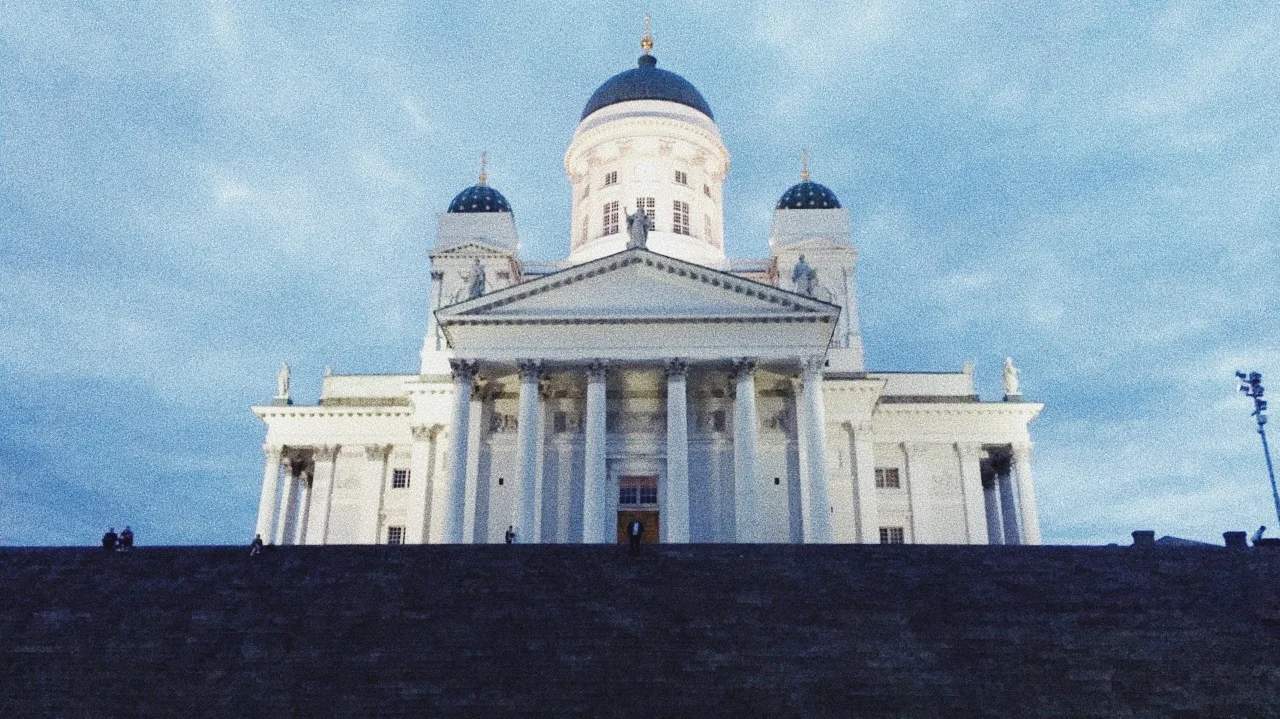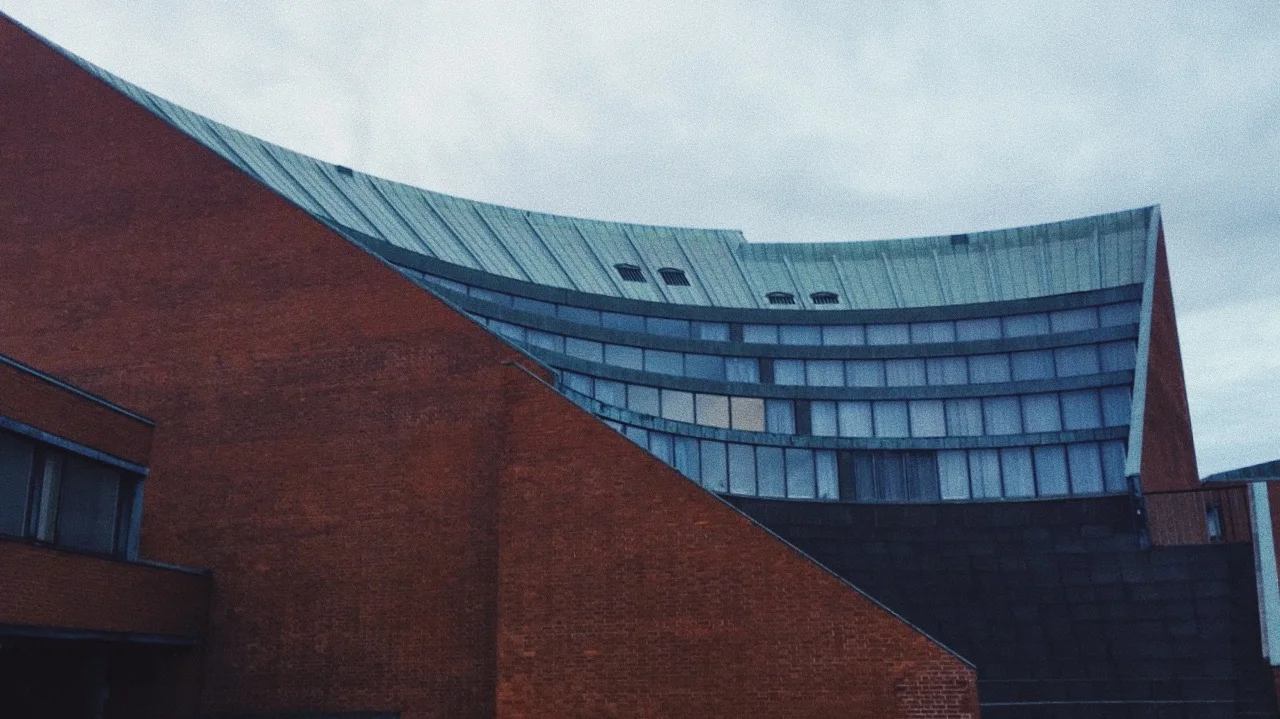Seoul /
My first trip to the Far East was for the Seoul Biennale of Architecture and Urbanism, which was held at the DDP by Zaha Hadid. After presenting our project, we had 10 days to explore this gem, and let me tell you, they weren’t enough. Seoul should be on the top of every architect or traveler’s list. Right next to New York or Tokyo. The home of Samsung and LG, this huge metropolis is one of the most populated cities in the world (more than NY). Seoul’s history, largely erased and rebuilt after the fall of the Japanese rule coexists harmoniously alongside high tech, modern skyscrapers, wide streets and bustling cafes. Buddhist temples are ones of the most well preserved in the world.






























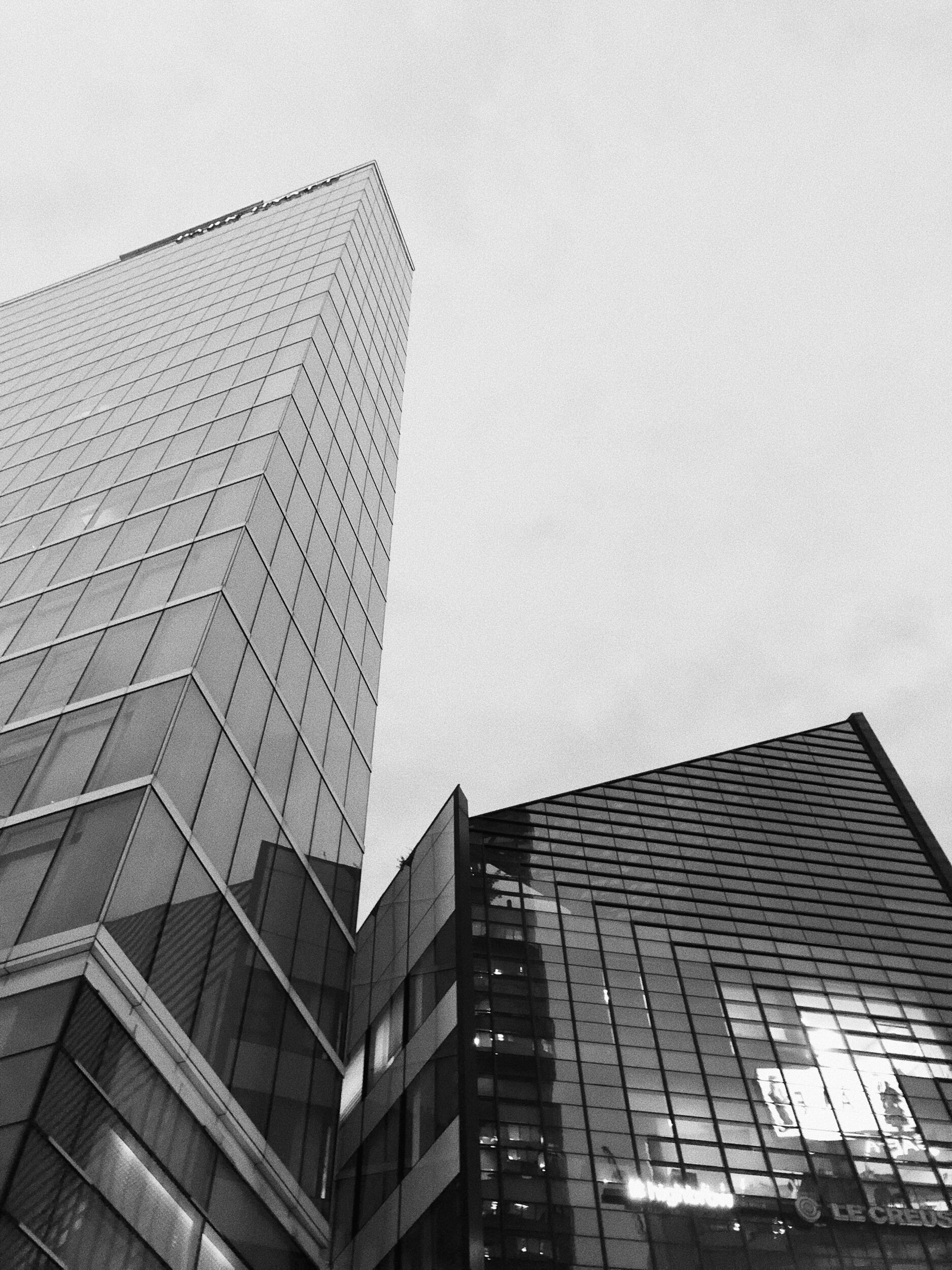
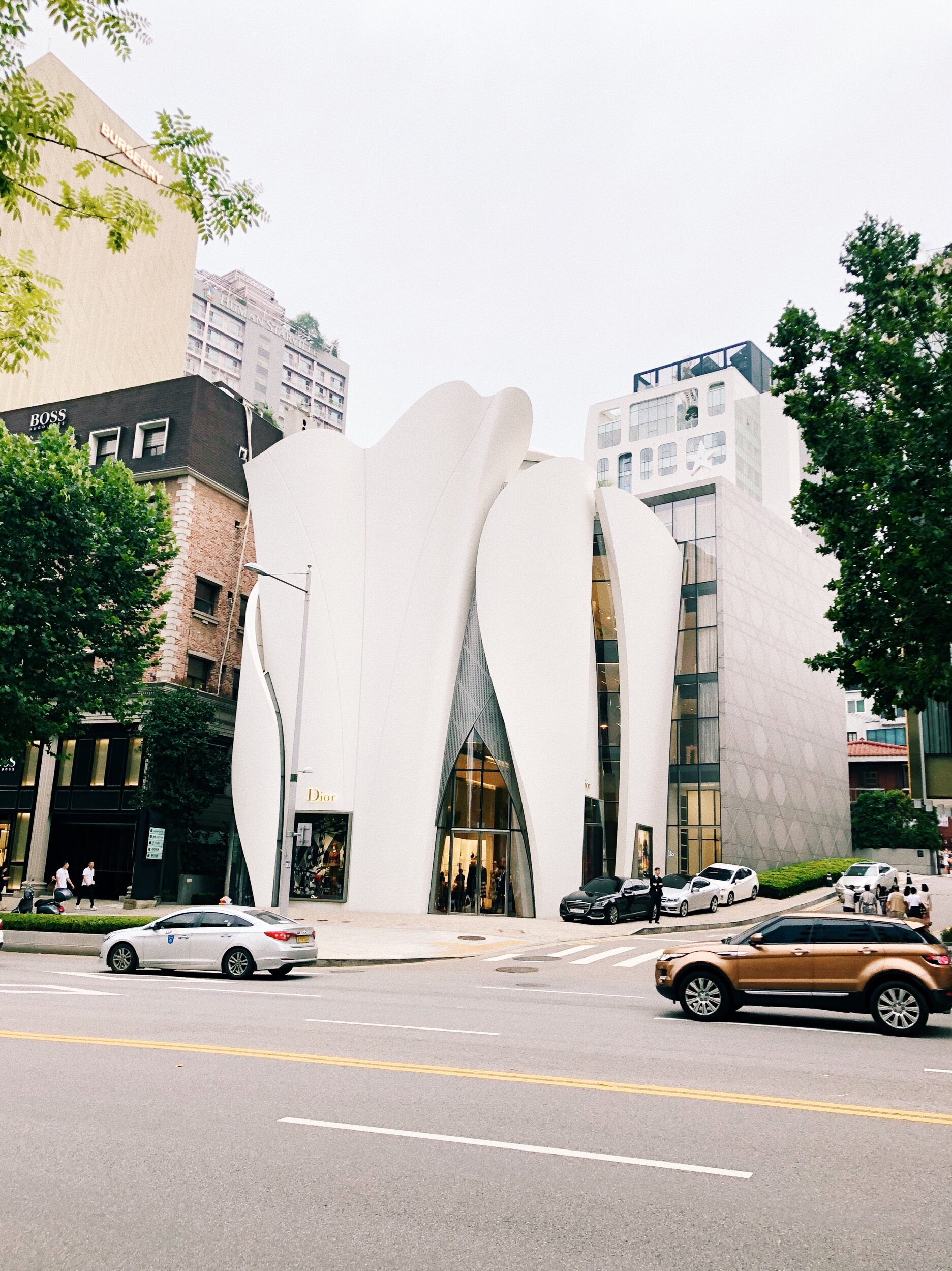
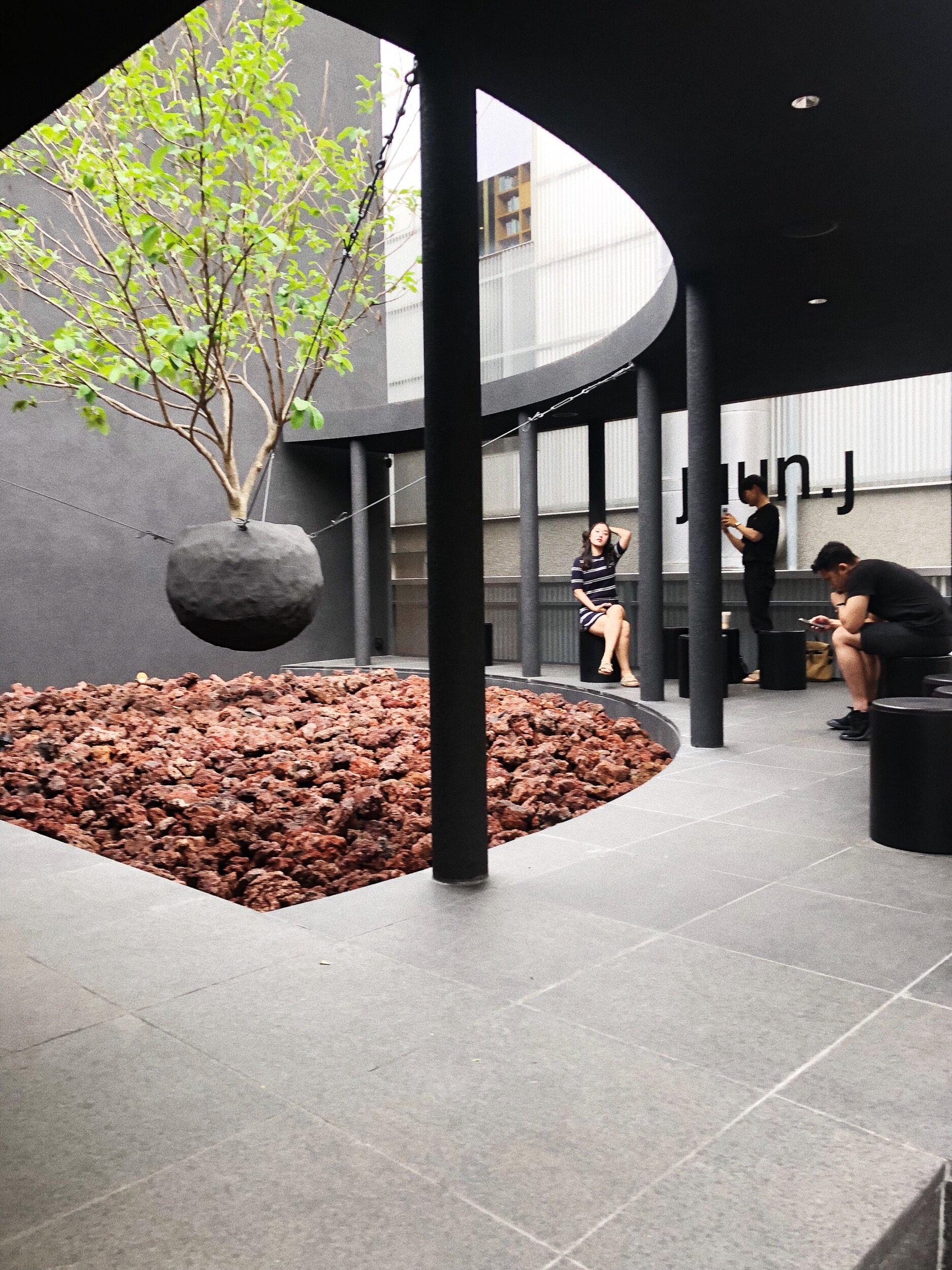
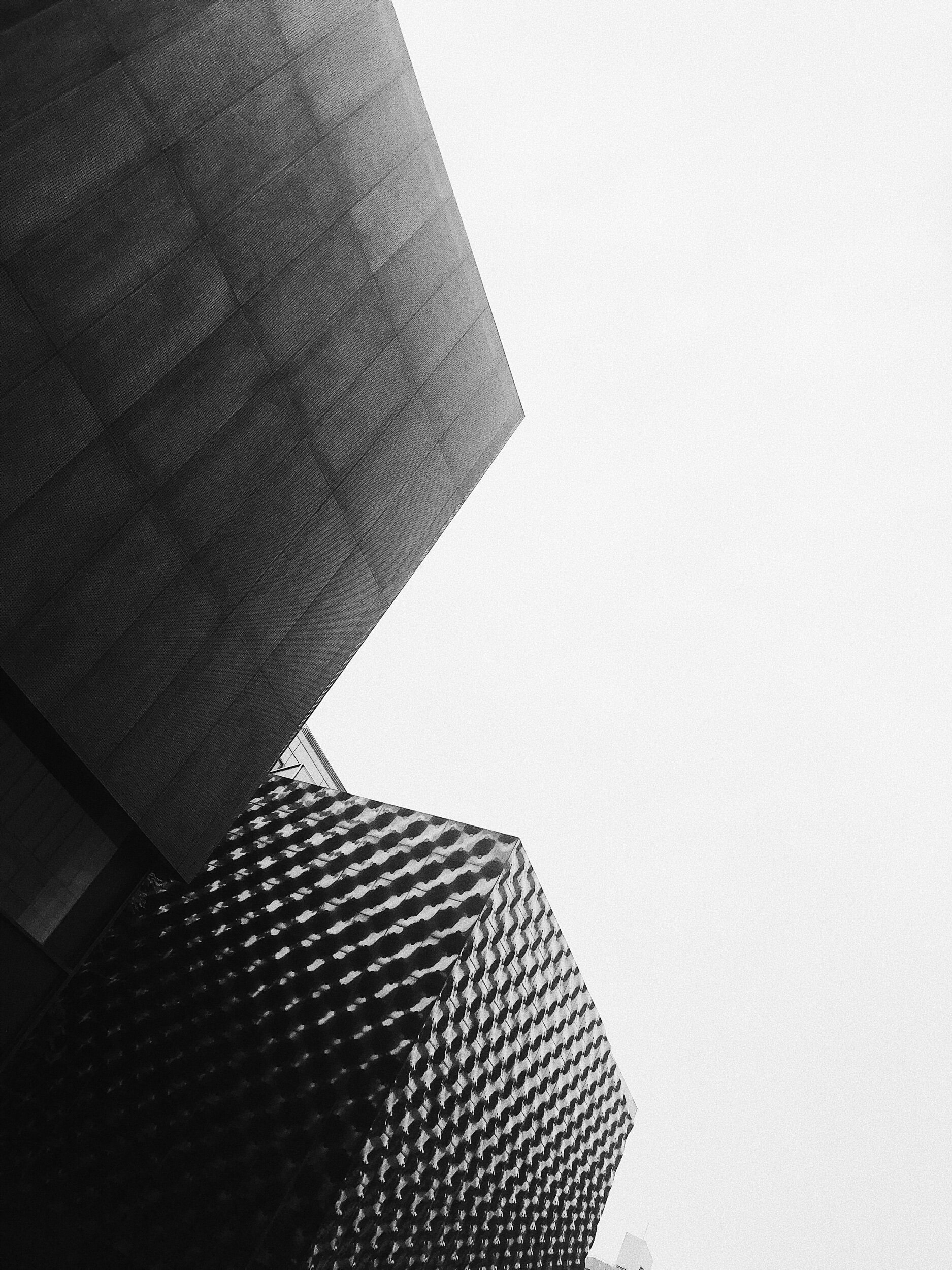
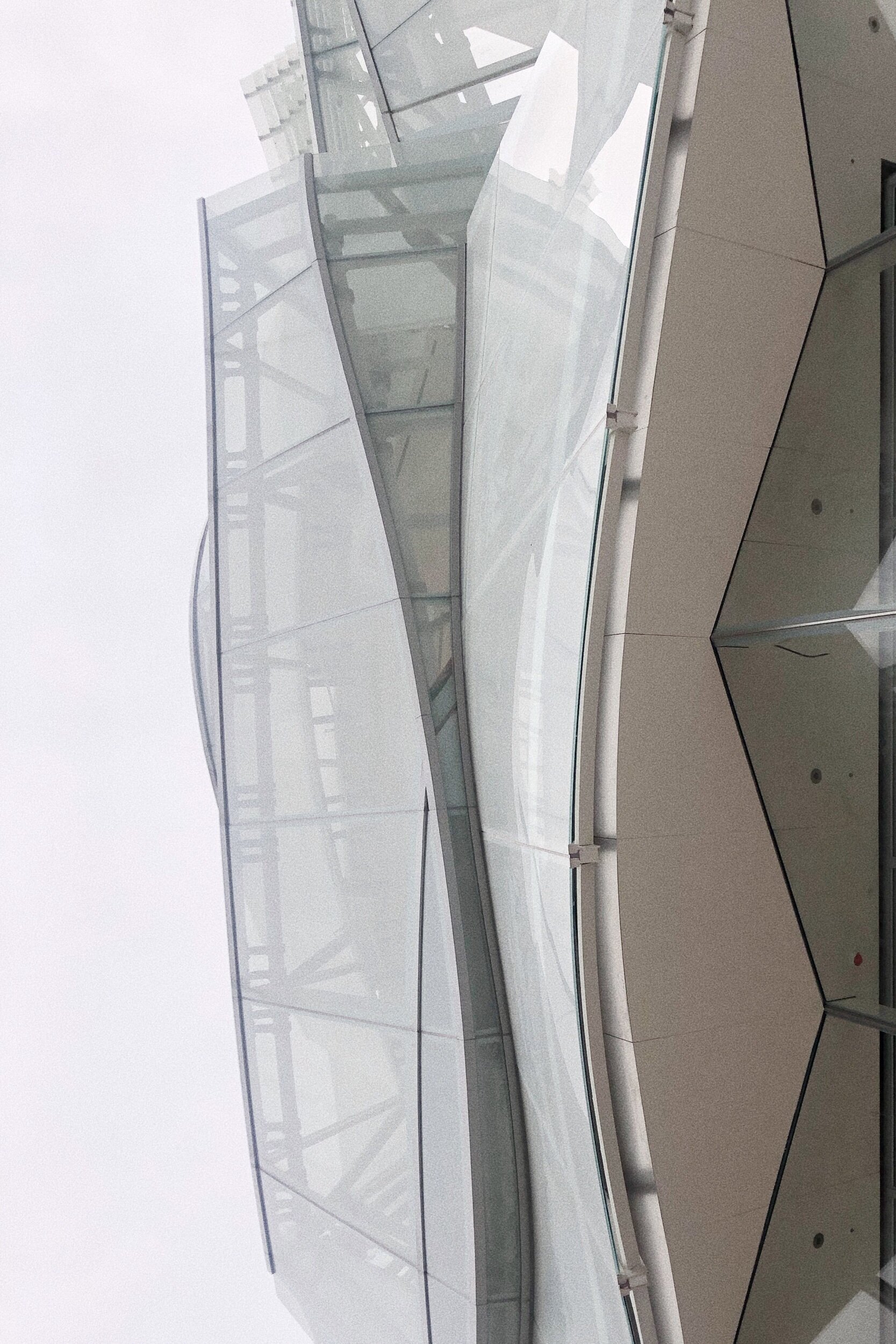




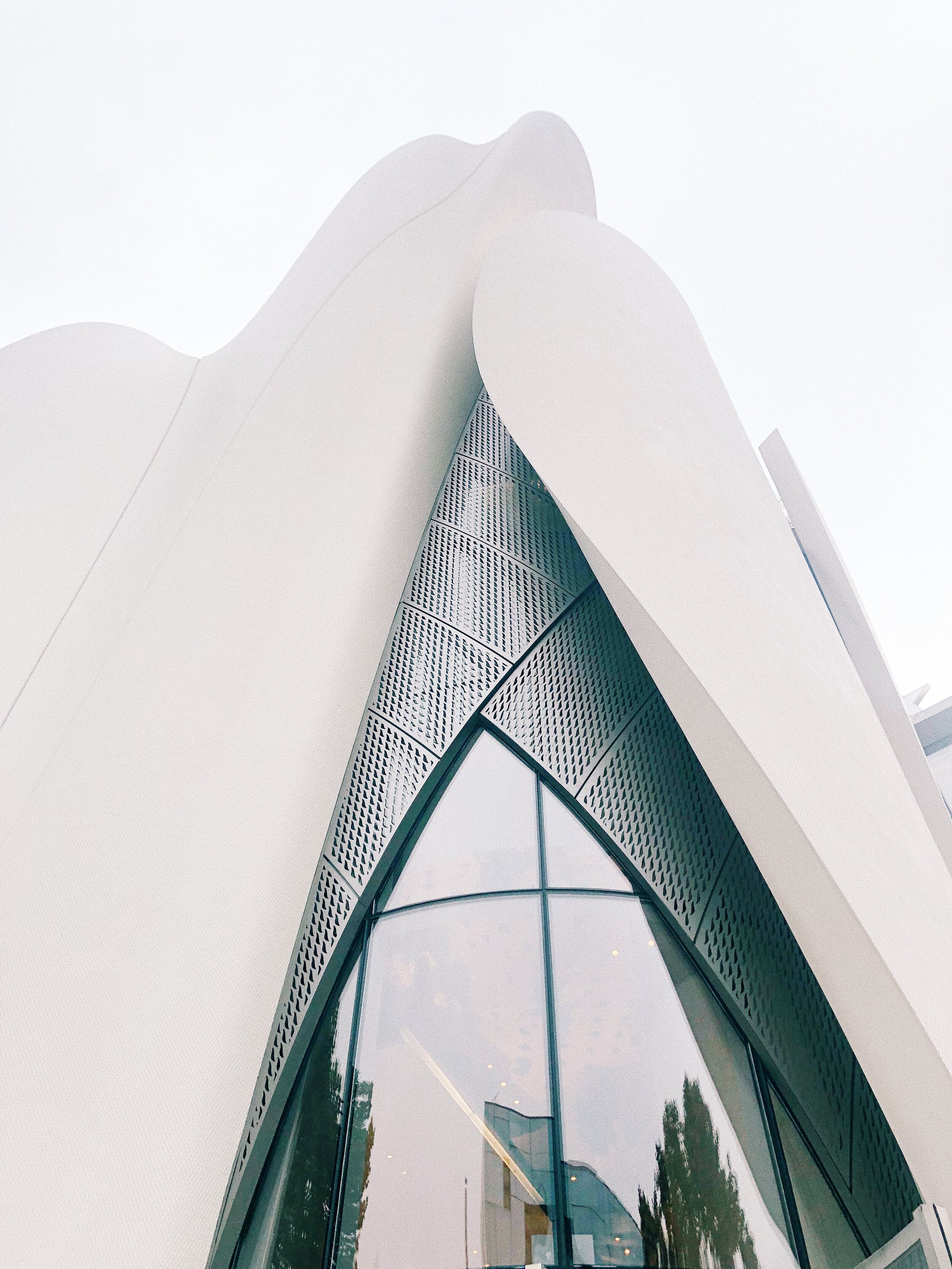







Chekka /
Barcelona /
The crown jewel of Mies Modernism and Minimalism, the Barcelona Pavilion was completed back in 1929 for the International Exhibition that was being held in Spain. It was supposed to be a temporary exhibition space but was rebuilt in 1983 by a group of Catalan architects.
“An ideal zone of tranquility” as conceived by Mies, it manages to blend in and stand out of the surrounding landscape, creating a full isolation from the city noise.
Terms such as Free Plan, Floating Roof, Proportions and Aesthetics come to full meaning in this space.
Rich, natural materials that were used are travertine, onyx, green marble, steel, glass and water.
One of the recurring themes translated in the use of these materials is reflection:
Book-matched marble—the use of two mirror-image marble slabs, set side by side on the same surface like the pages of an open book.
Water reflection which strikes most where Georg Kolbe’s famous Alba resides and Glass reflection of the light and greenery around the pavilion.
Tripoli International Fair | Oscar Niemeyer /
An unfinished masterpiece by a legendary architect, Tripoli International Fair stands as a symbol of Lebanon’s decaying cultural heritage resulting from civil war and a lack of funding.
Designed by Oscar Niemeyer in 1963, the 15-structure cutting-edge fair was supposed to be a beacon of modernist architecture in Lebanon, a country advocating modernism, freedom, culture and art in the middle east.
The design is a brutalist reinterpretation of Islamic architecture elements such as the arch and the dome, where buildings are a representation of pure geometric forms; The circular auditorium, the pavilion with its neat arches..
Today, its decaying state constitutes half its charm, projecting Lebanon’s unfulfilled dreams and ambitions in architectural forms.
NABU | El Heri /
A must visit for any art lover of any form or period! Bold architecture meets ageless art collections, all steps away from one of the best Lebanese sandy shores.
Named after the Mesopotamian patron god of literacy, this unique museum combines a mesmerising collection of ceramics and artefacts dating back thousands of years, along with an extensive modern and contemporary art of the region’s finest.
| From the museum’s website
“The Nabu Museum building was designed in collaboration with Iraqi-Canadian artist Mahmoud Obaidi and Iraqi artist Dia Azzawi.
The enveloping façade of the museum was fashioned of weathering-steel representing a monumental scripted relief based on a visual lexicon developed over their respective long careers in painting, drawing, sculpture, and print.
The interior space of the museum is boldly conceived by Obaidi as a simple cube with a capacious open interior, easily adaptable for changing exhibitions. The museum also houses a library with an extensive collection of books on art, archaeology, history, and geography, along with a collection of rare manuscripts.”




























